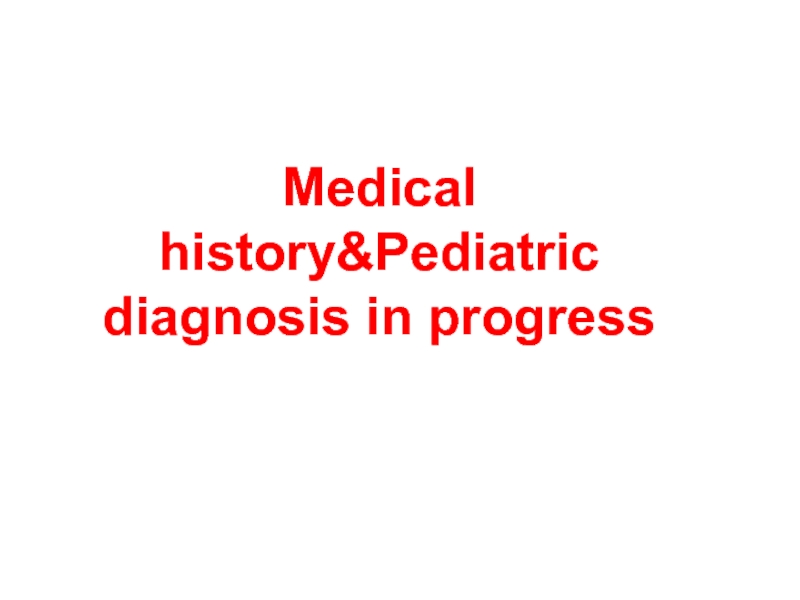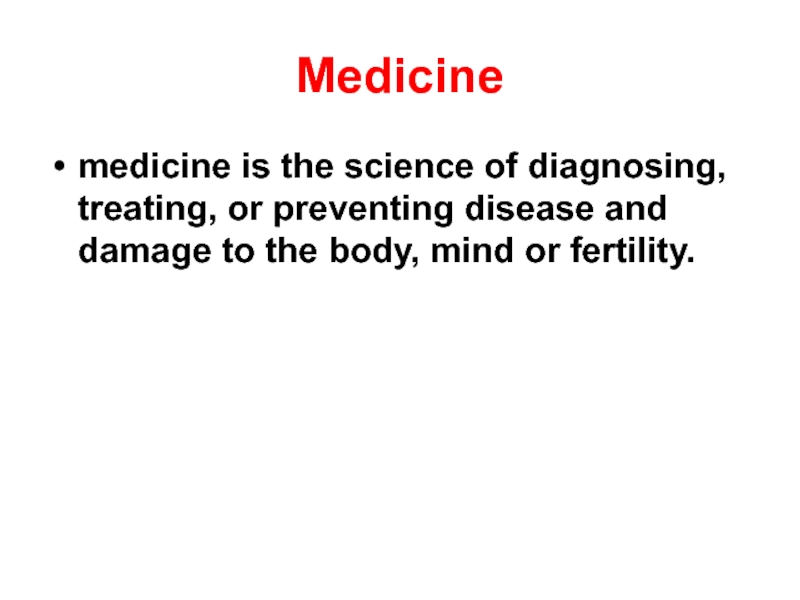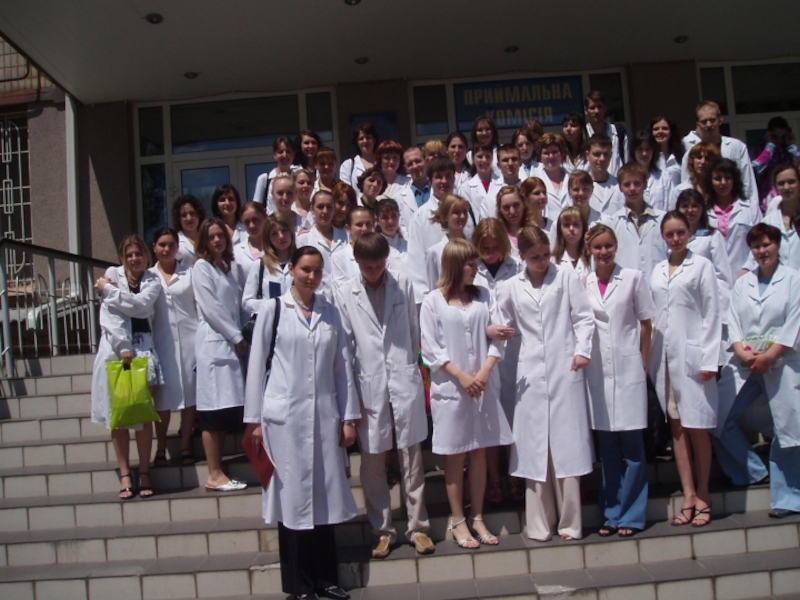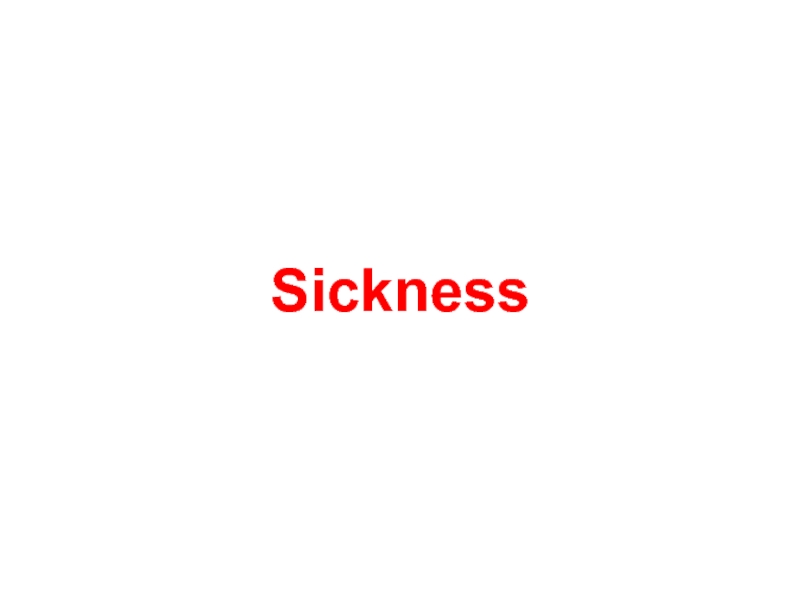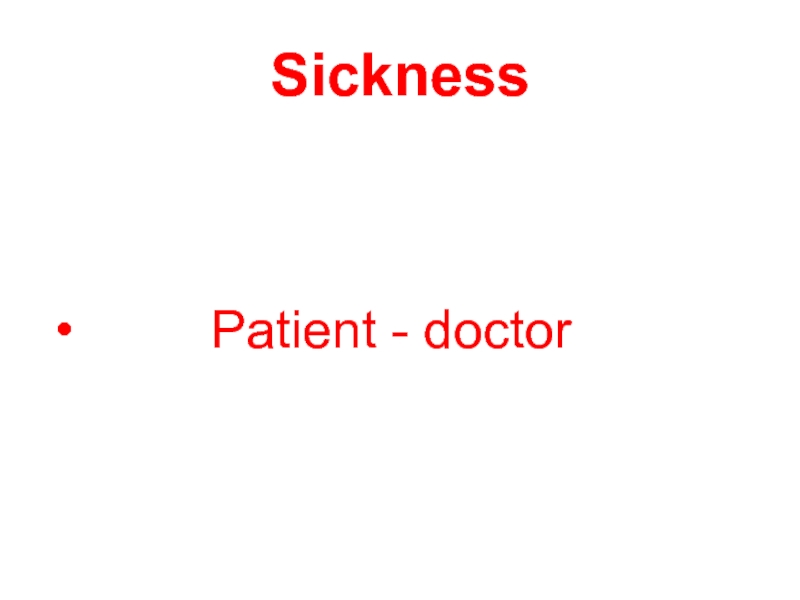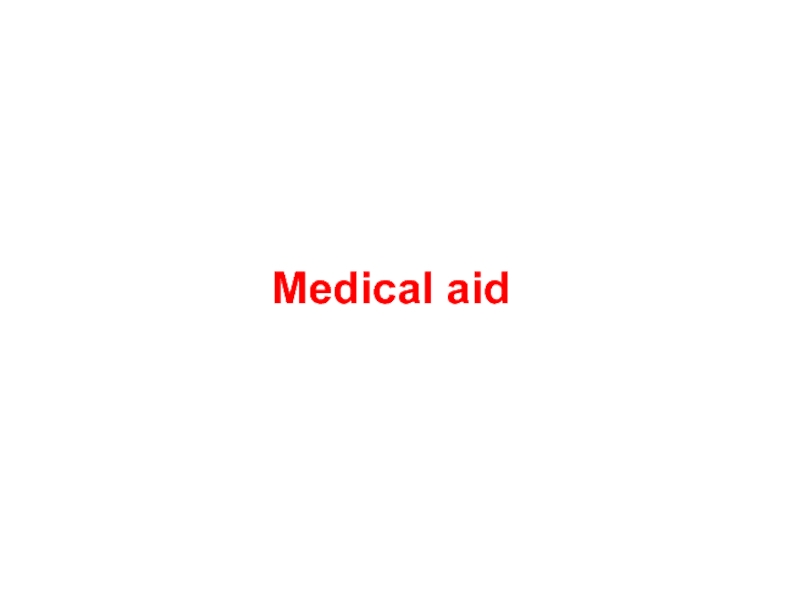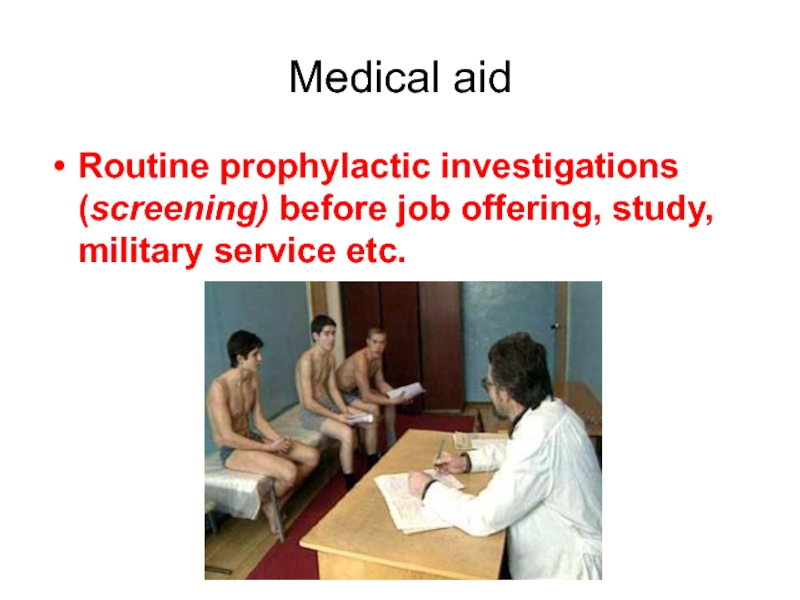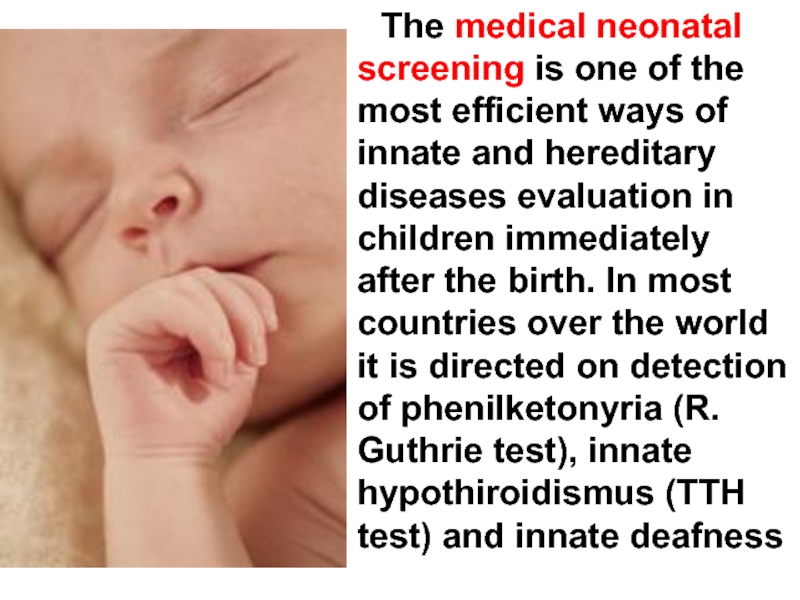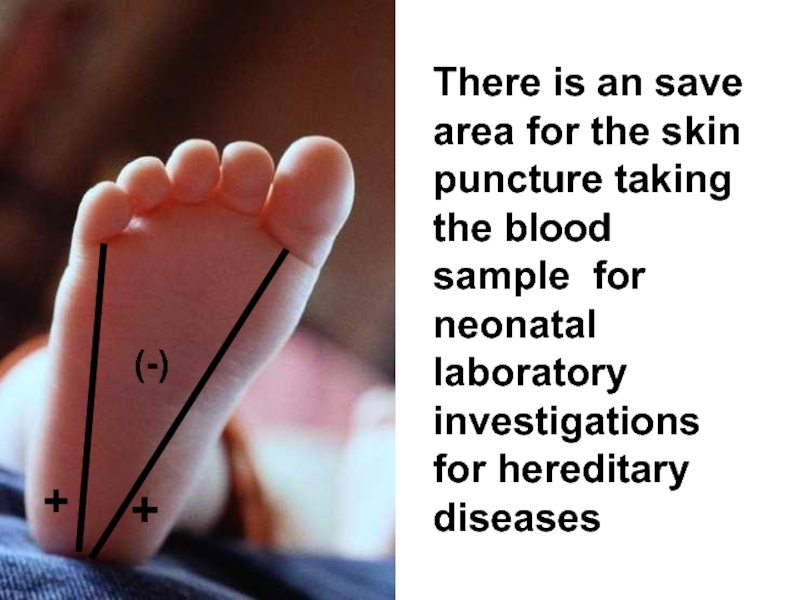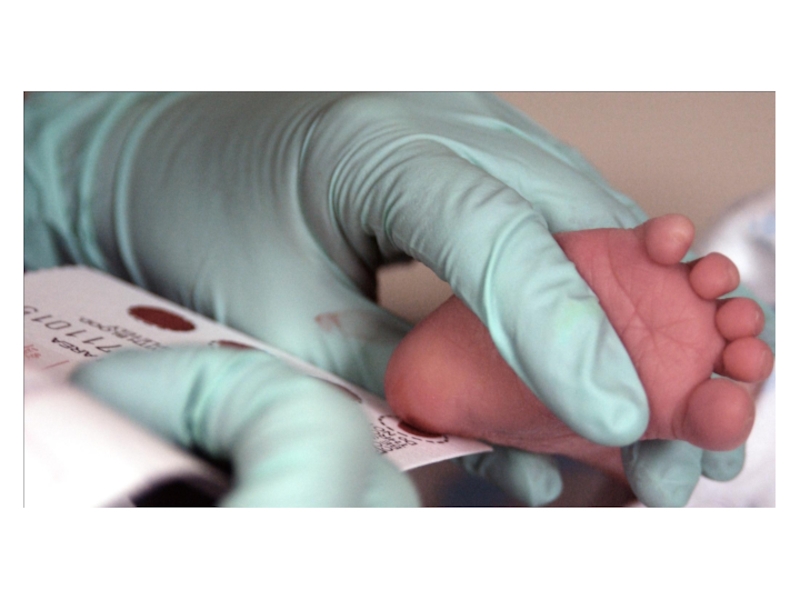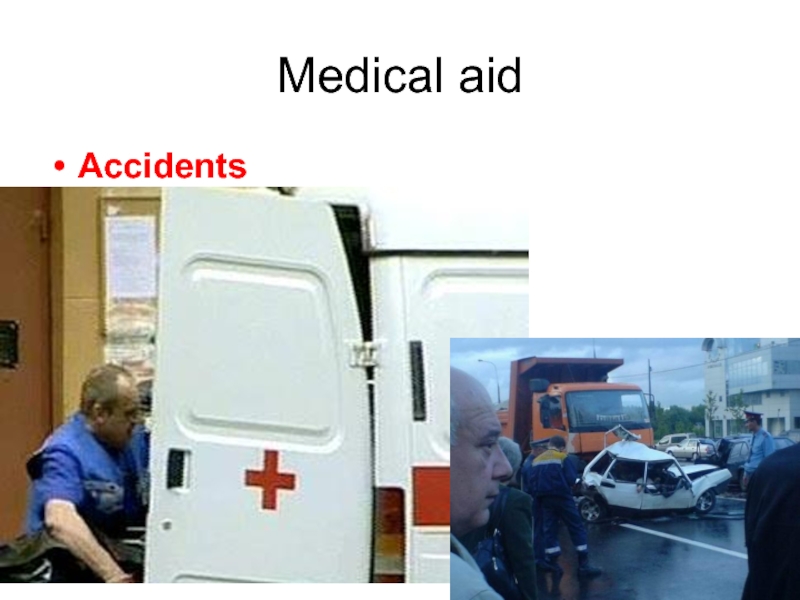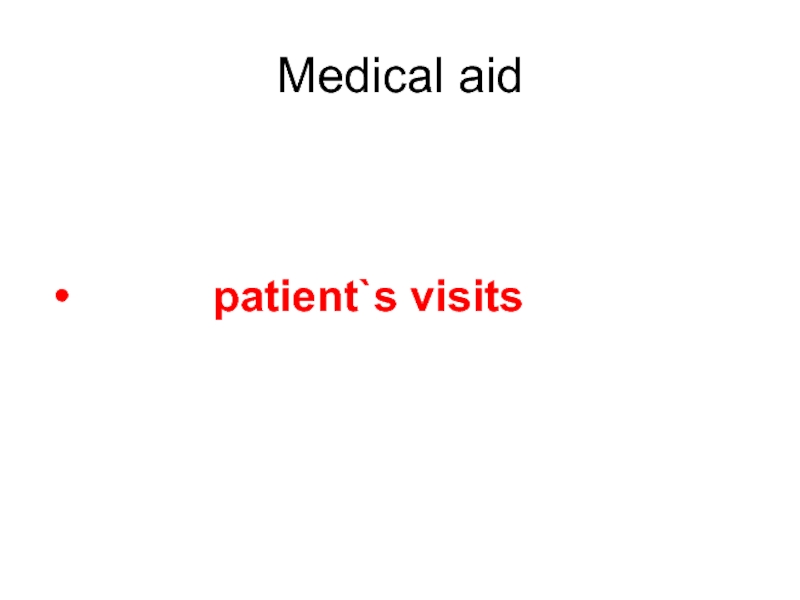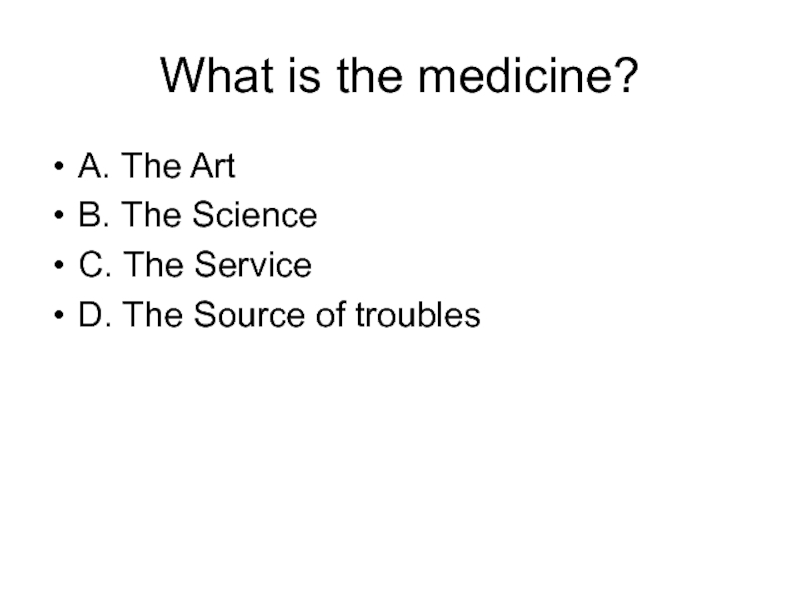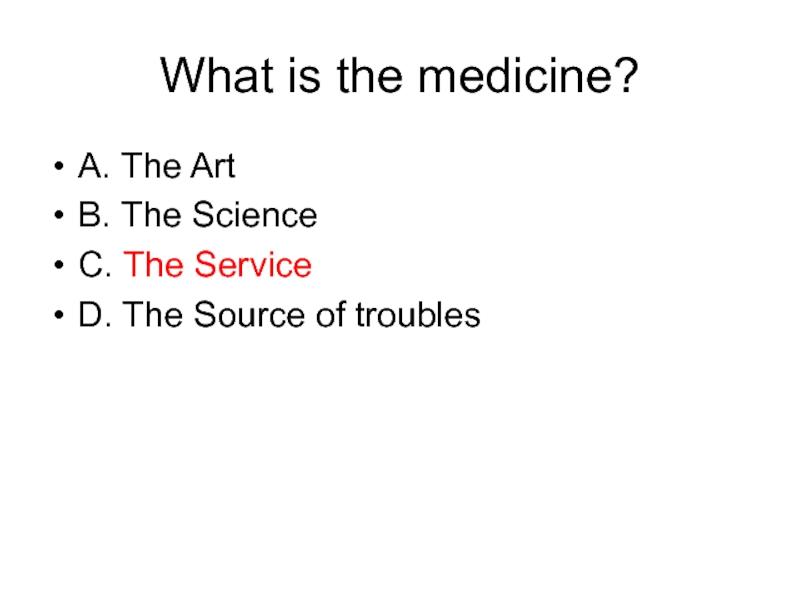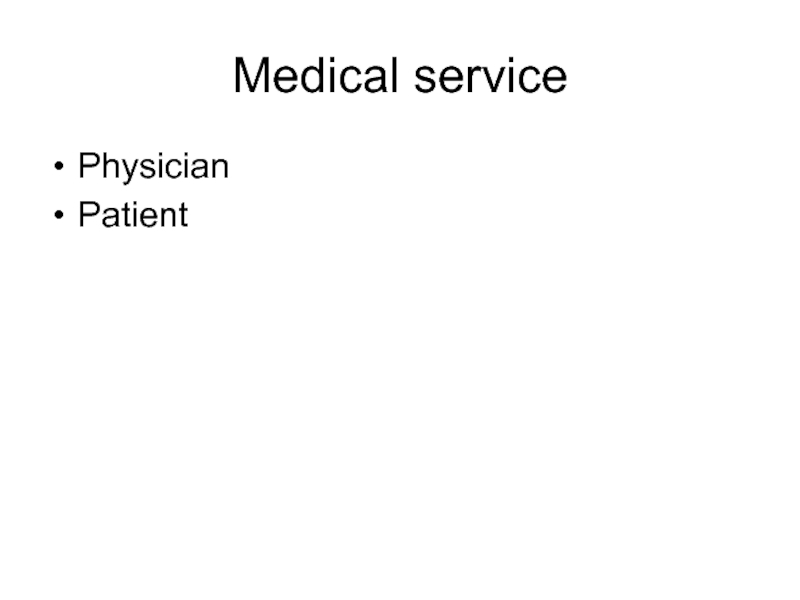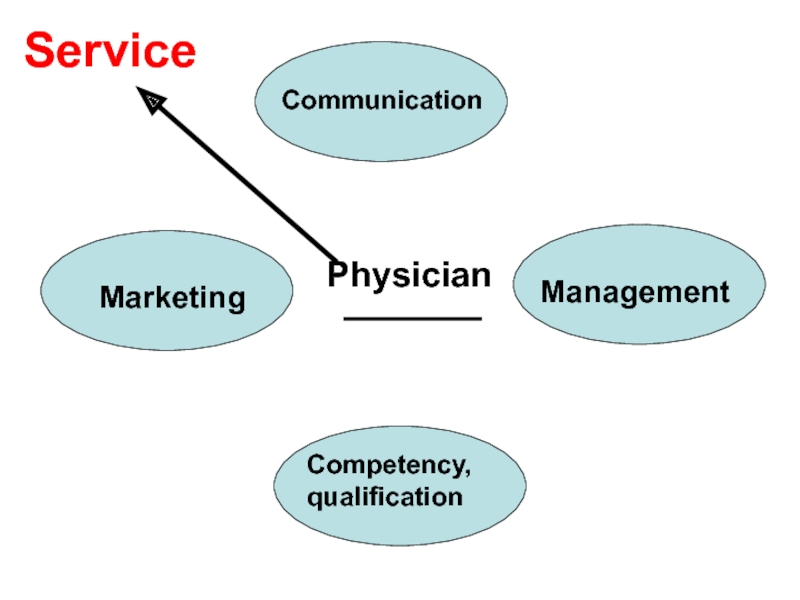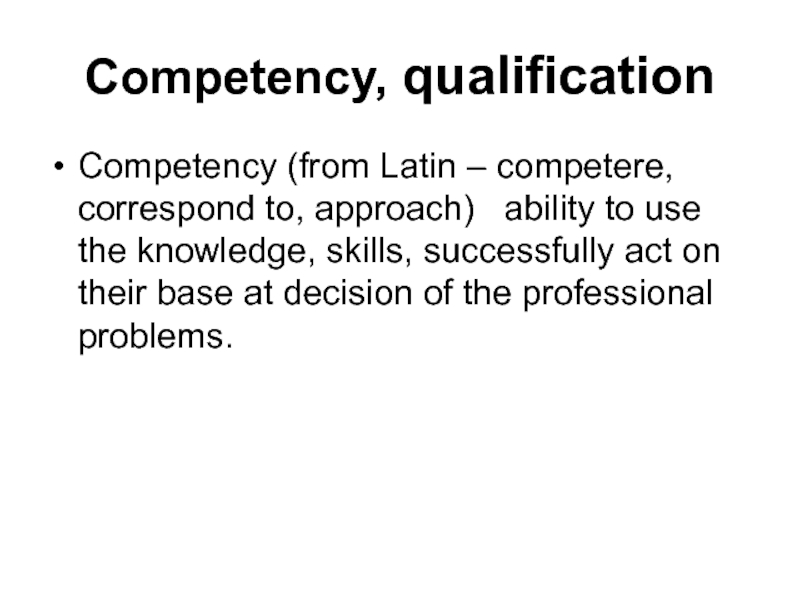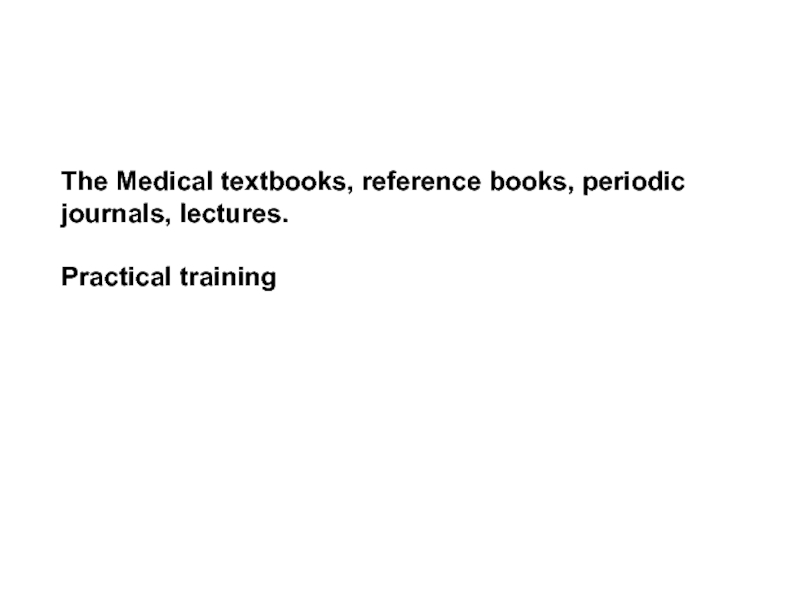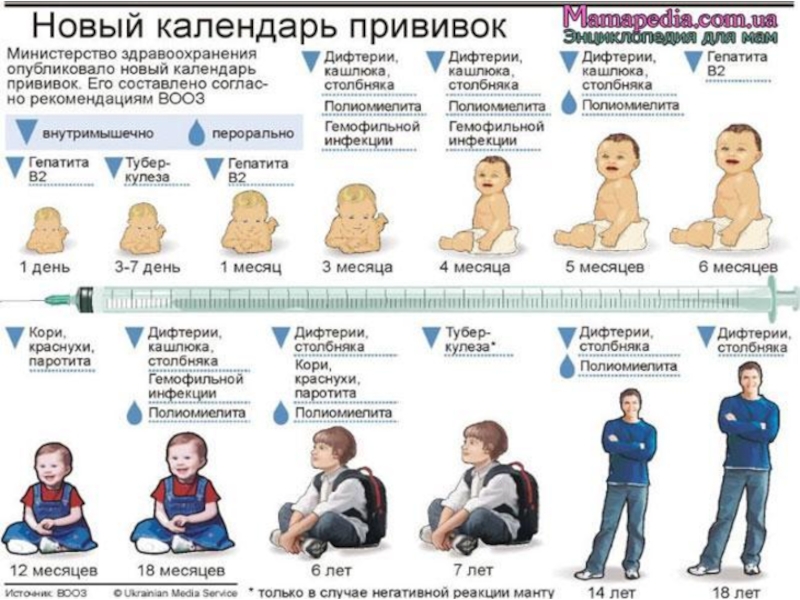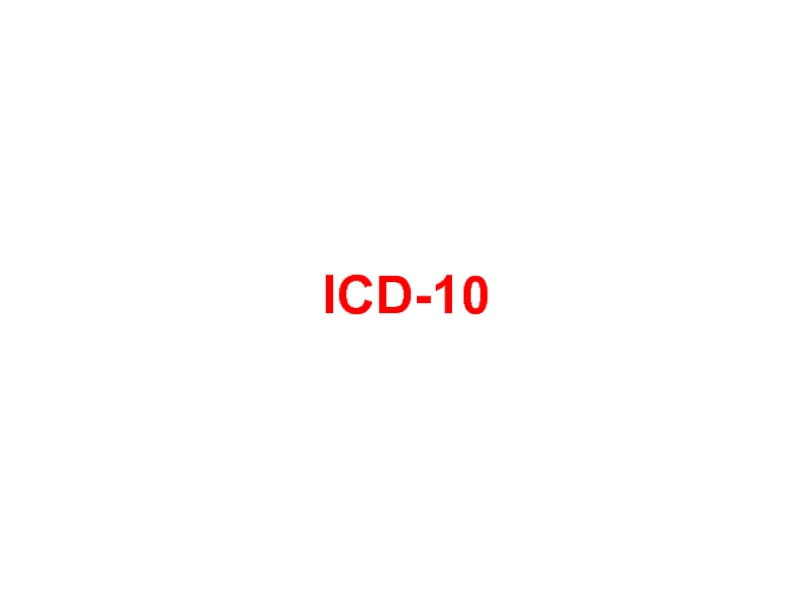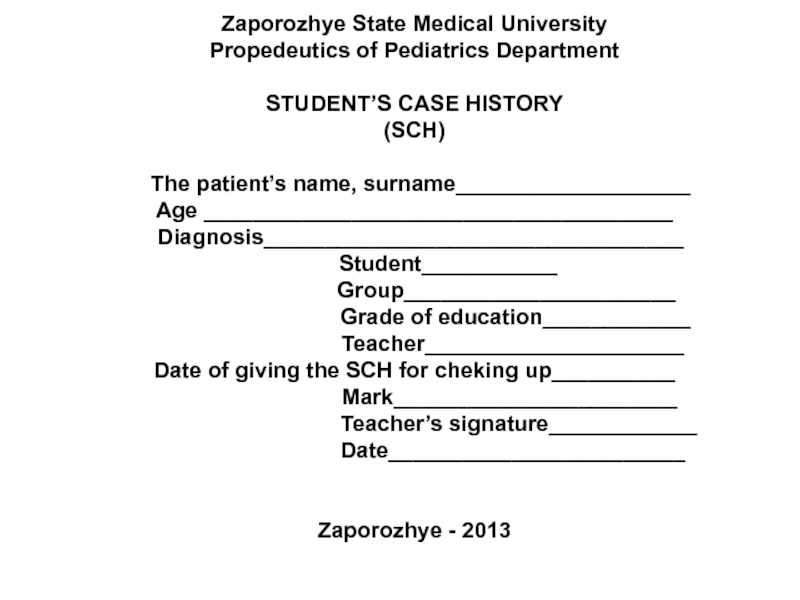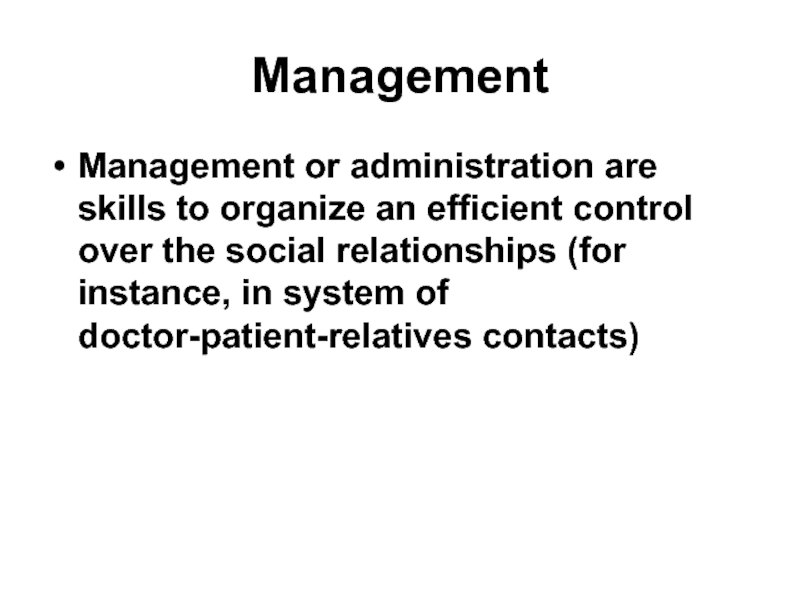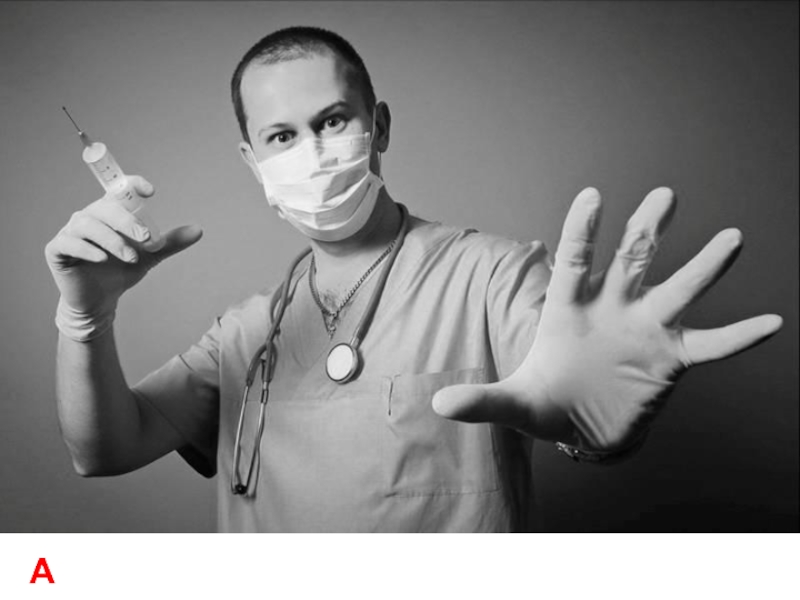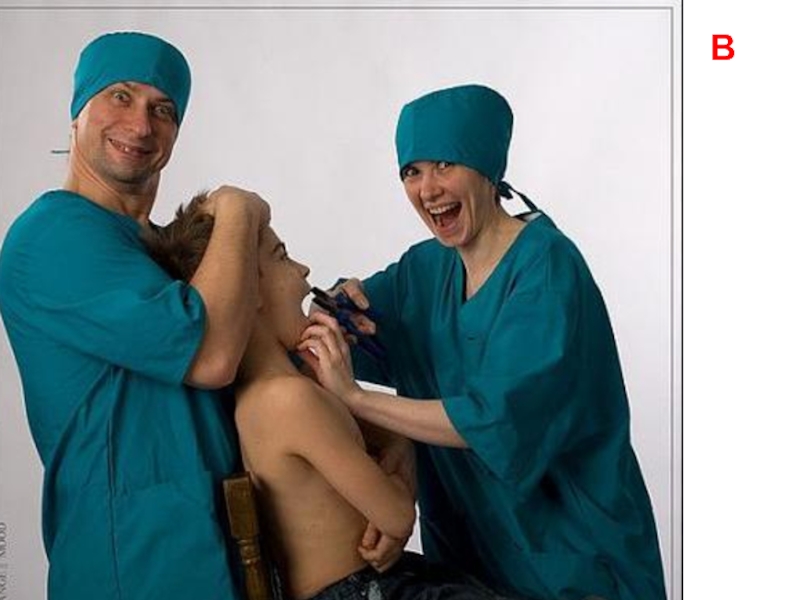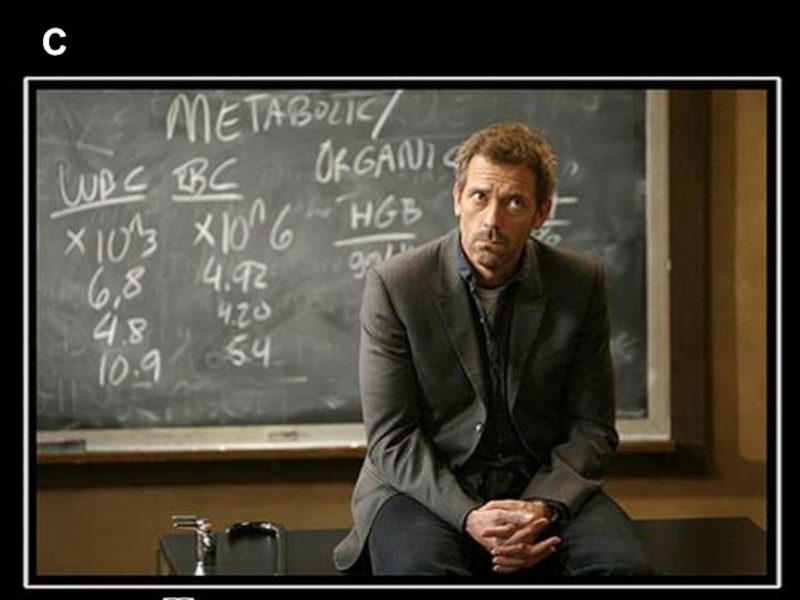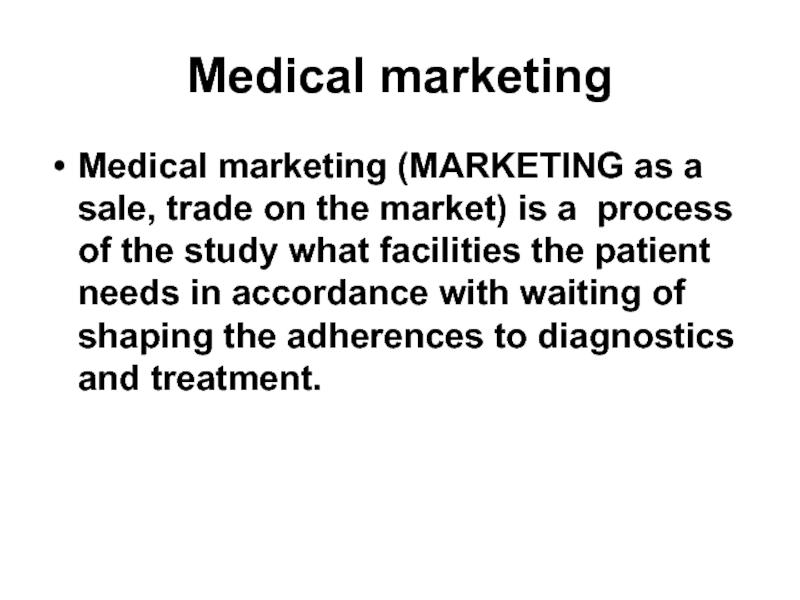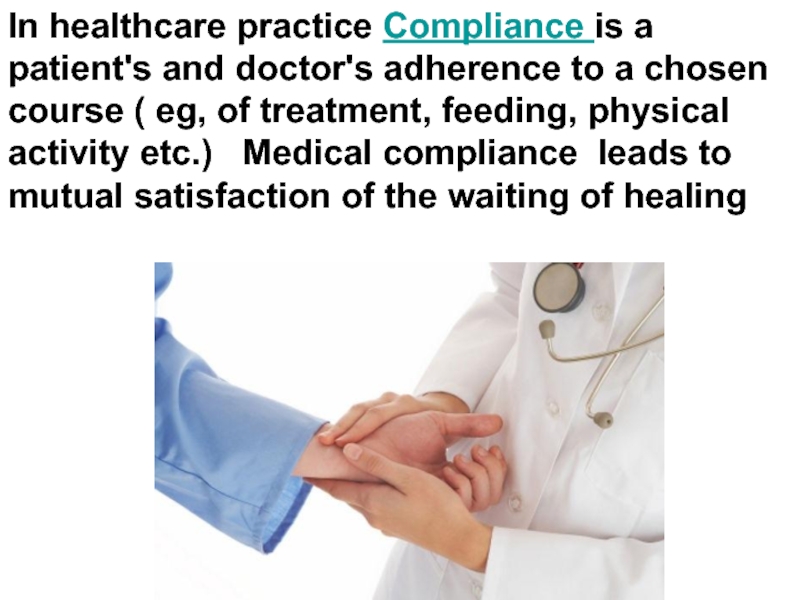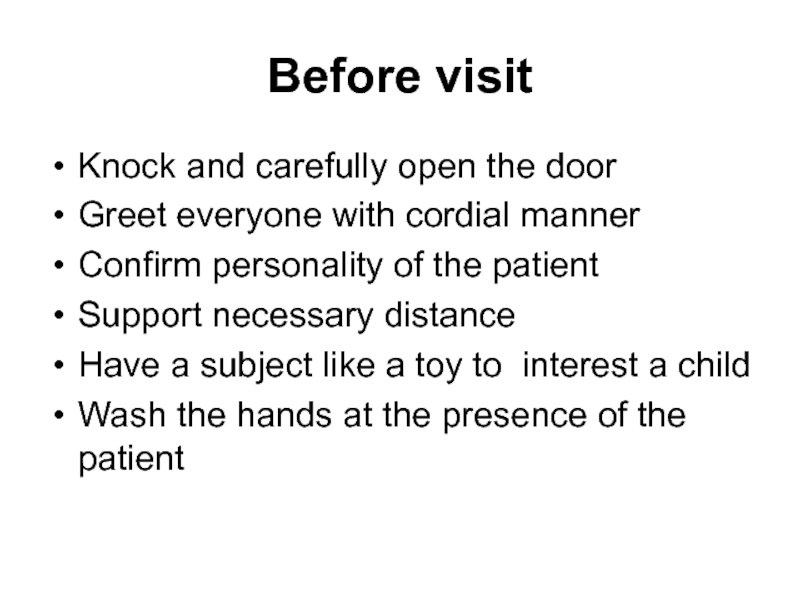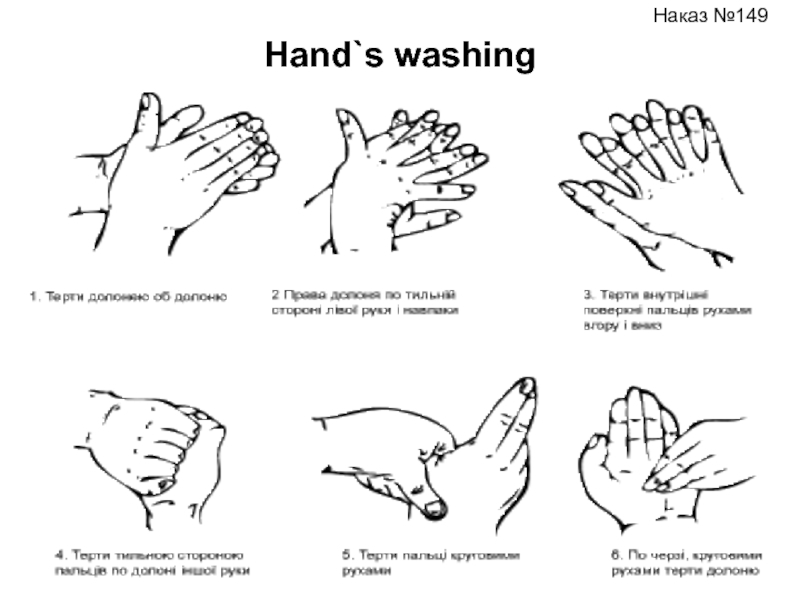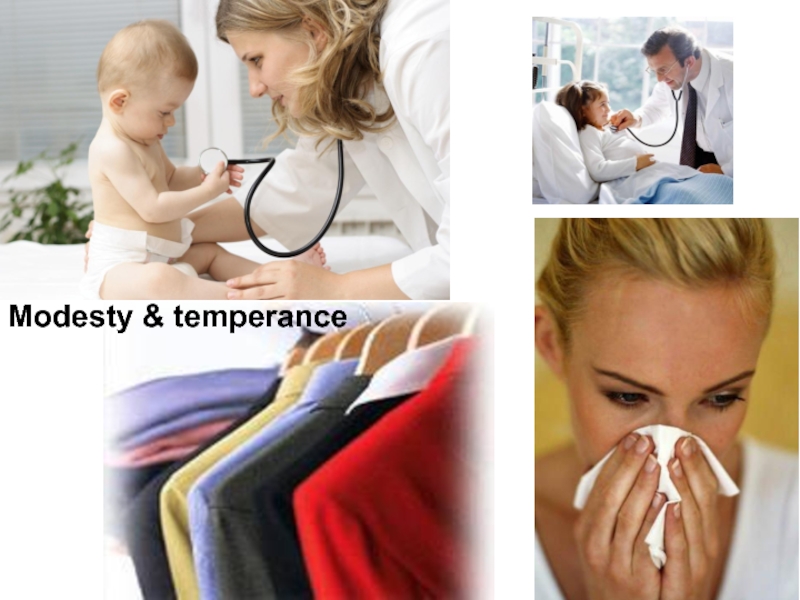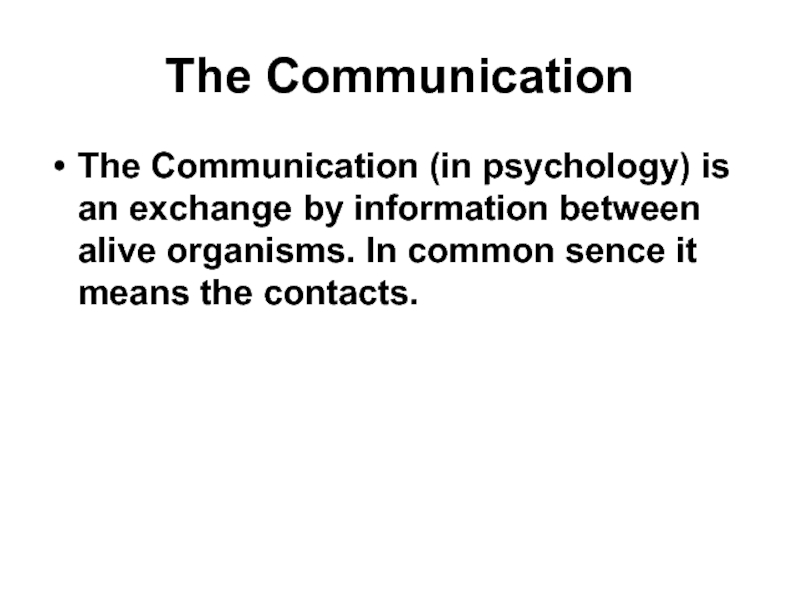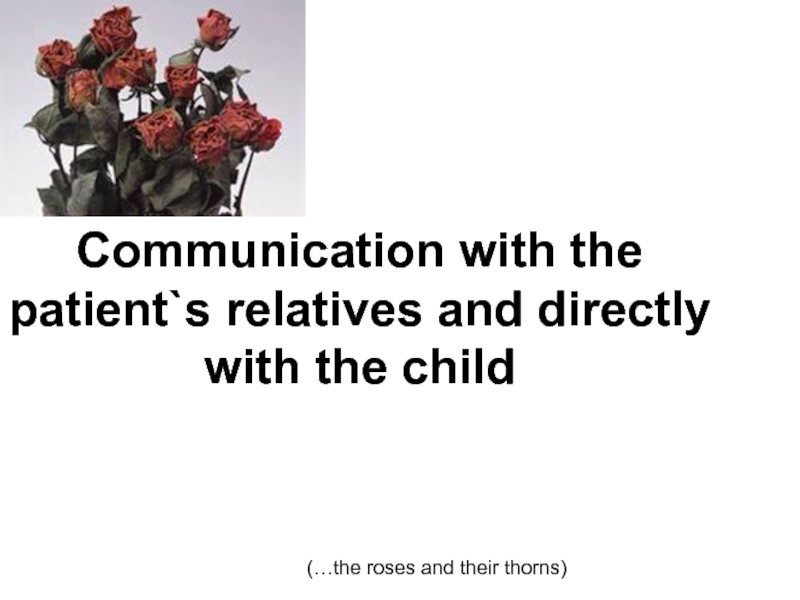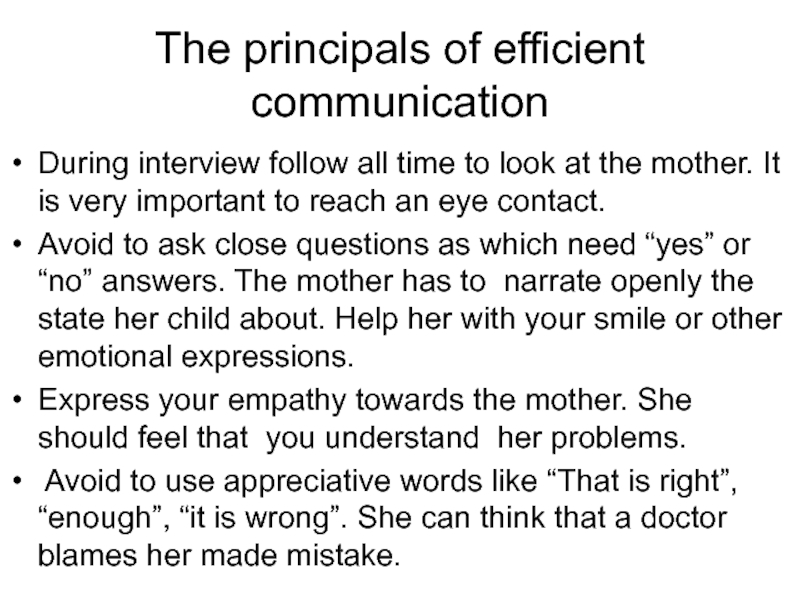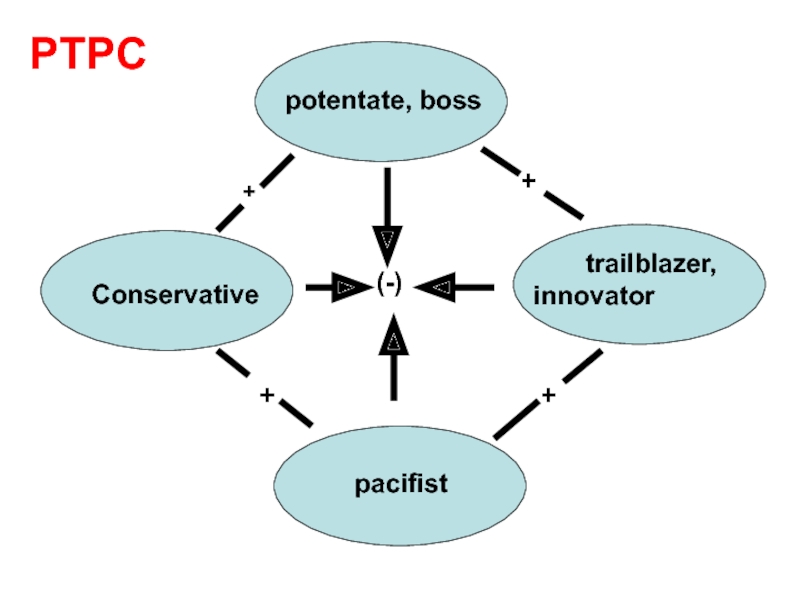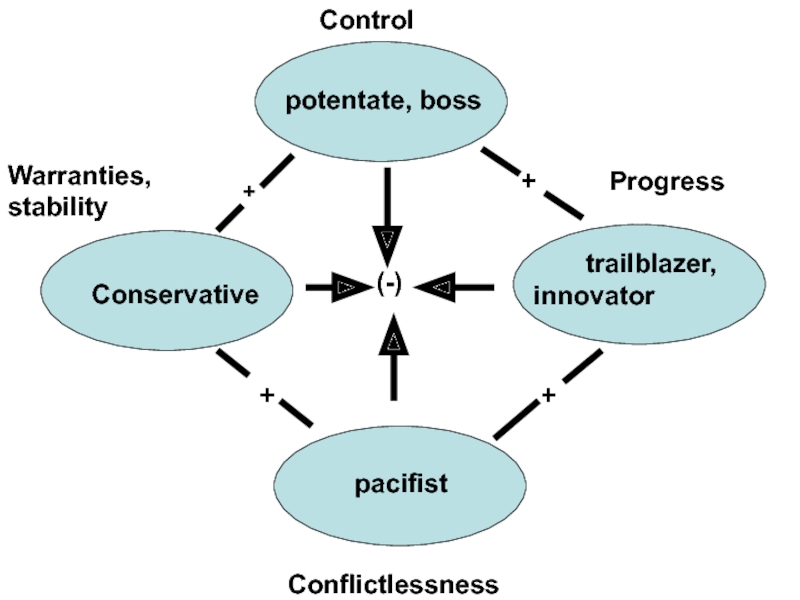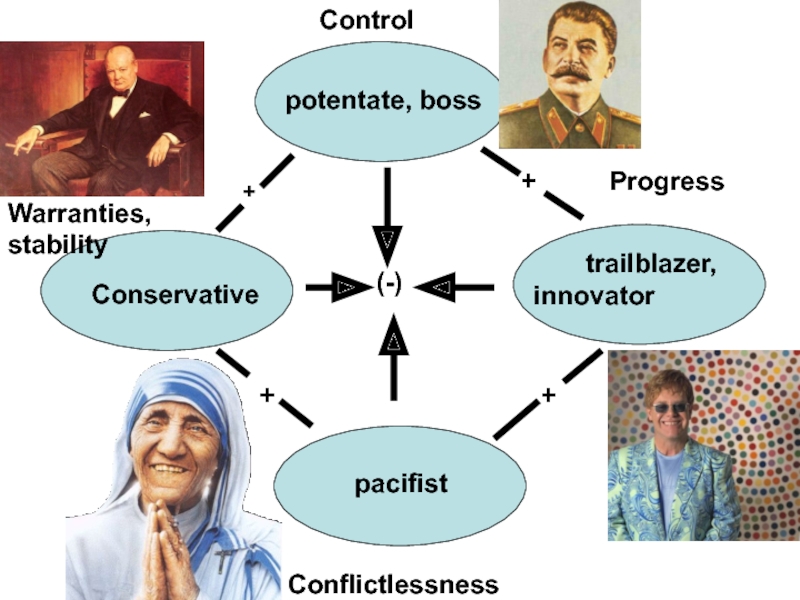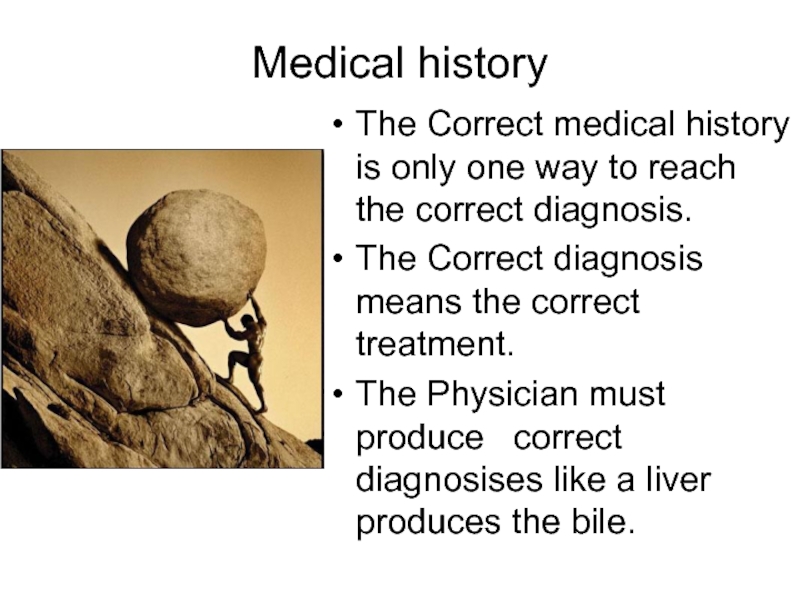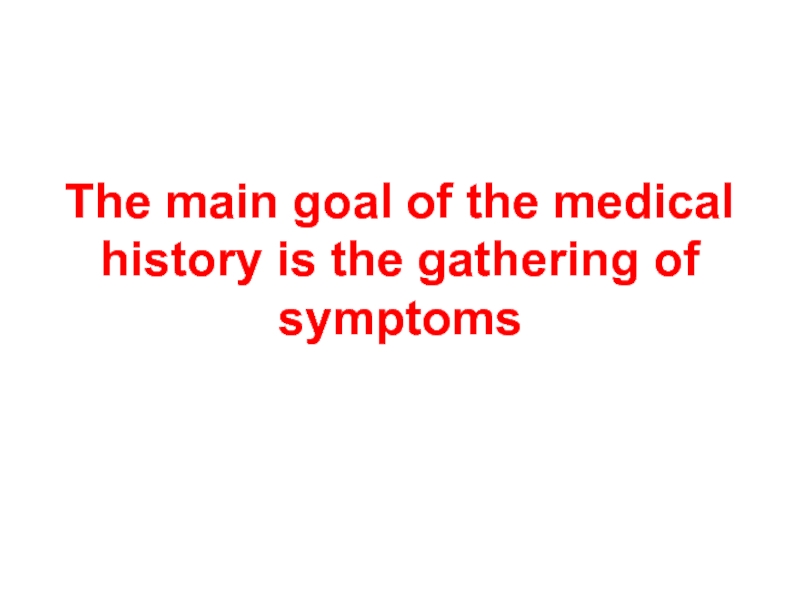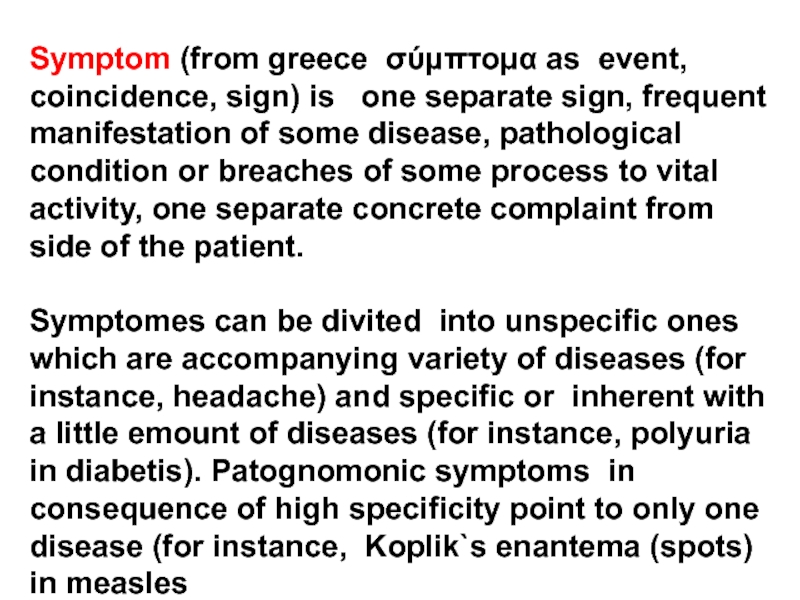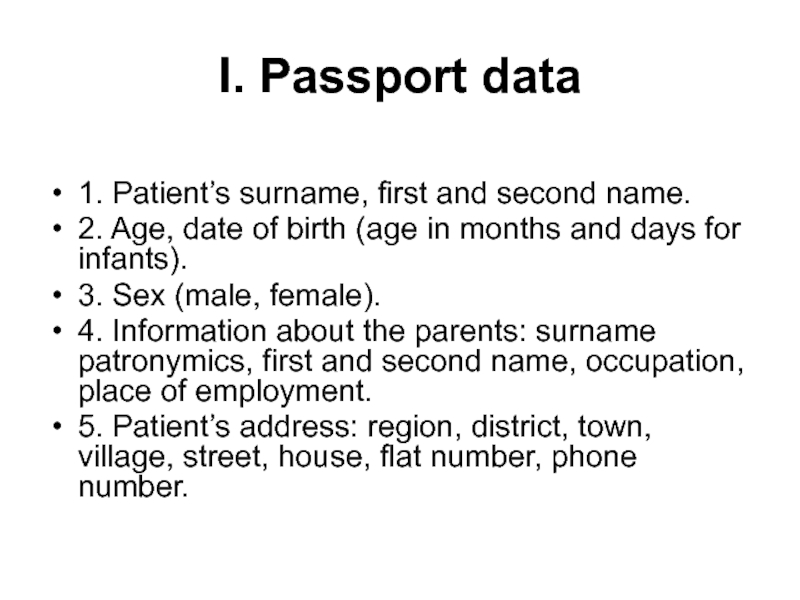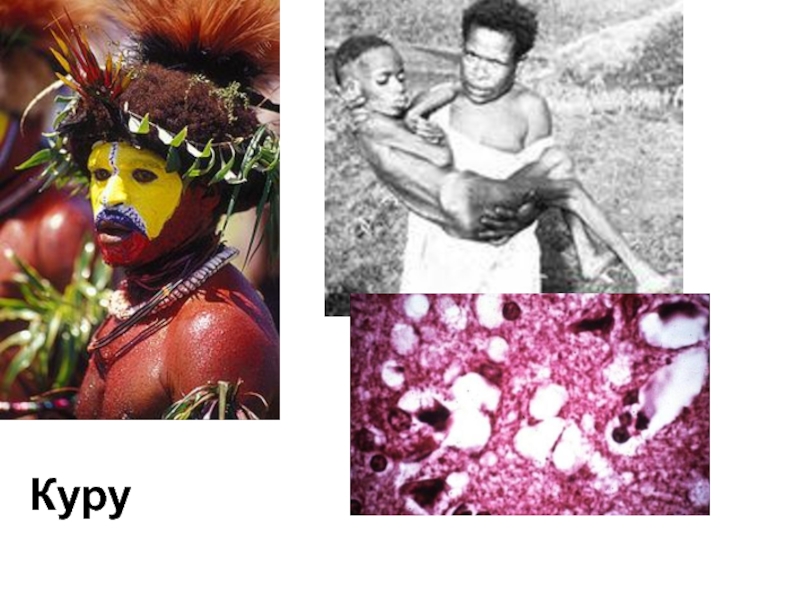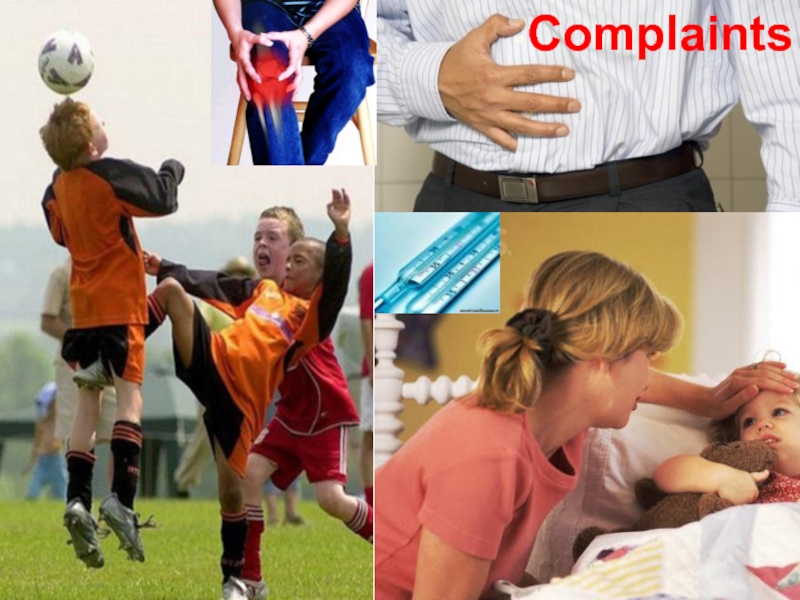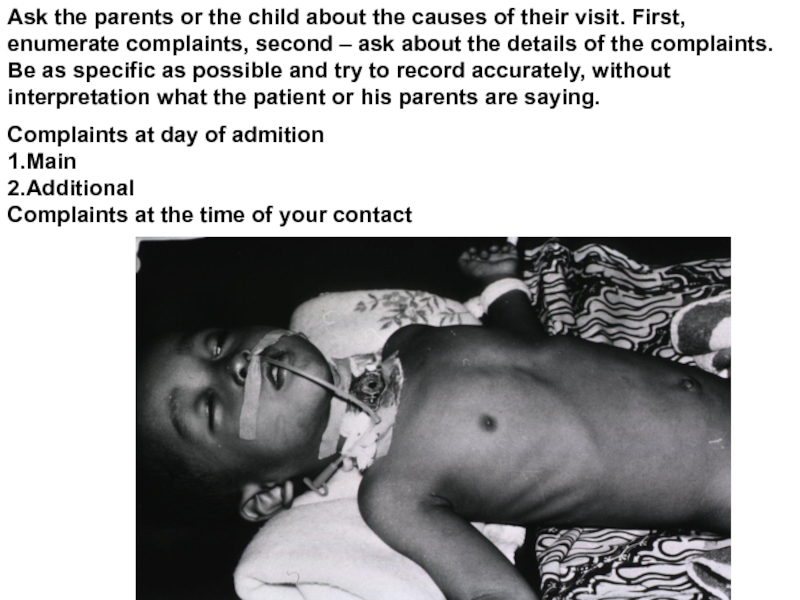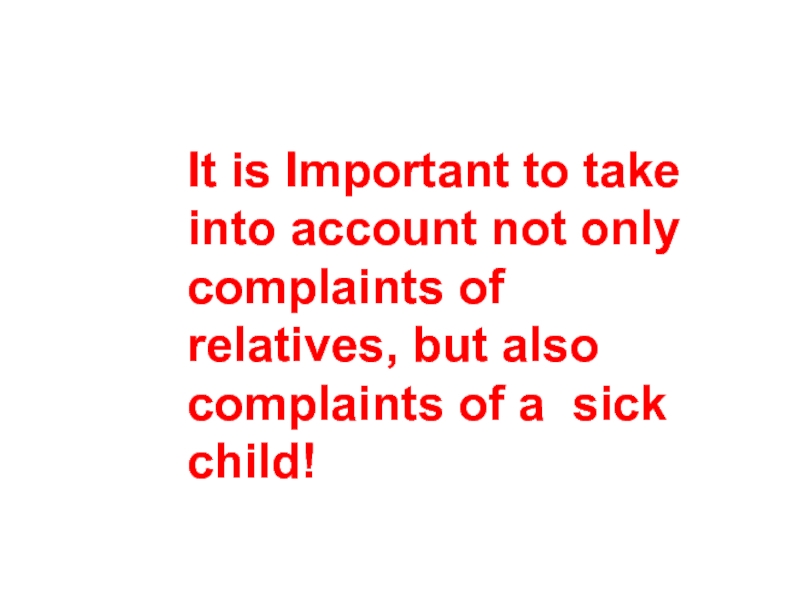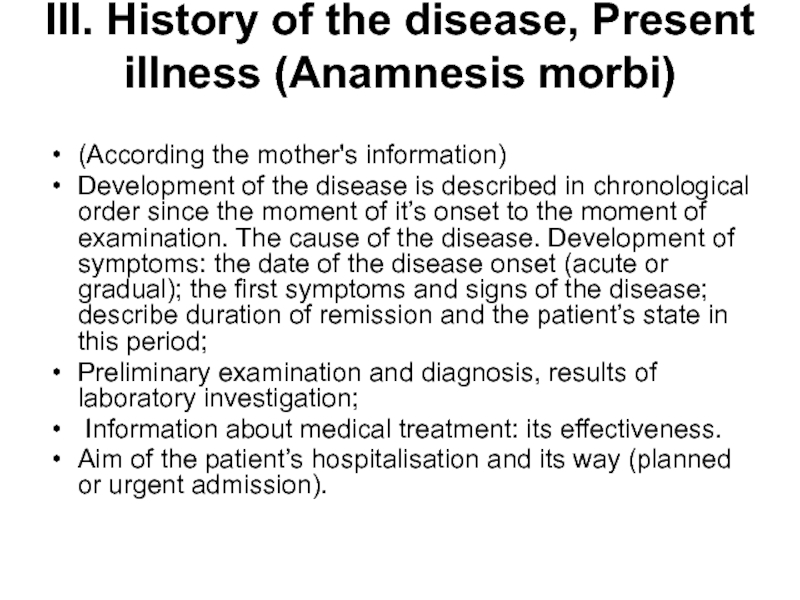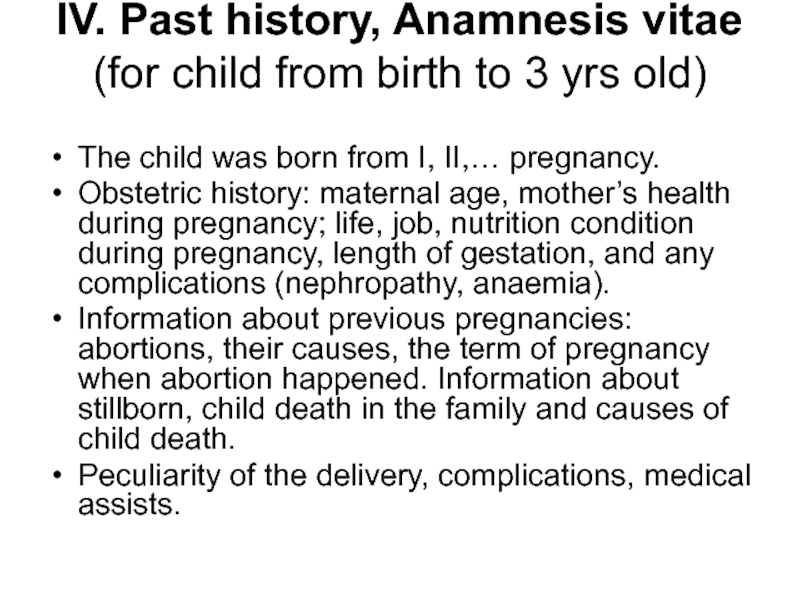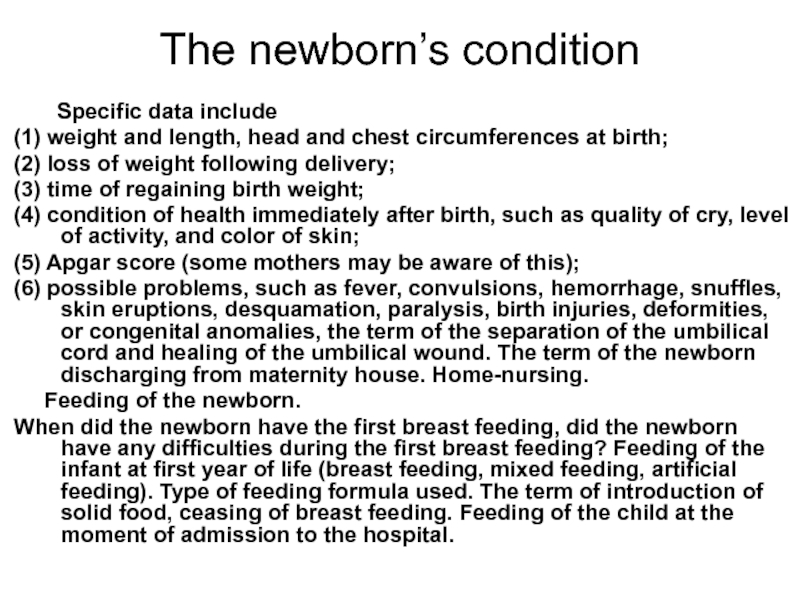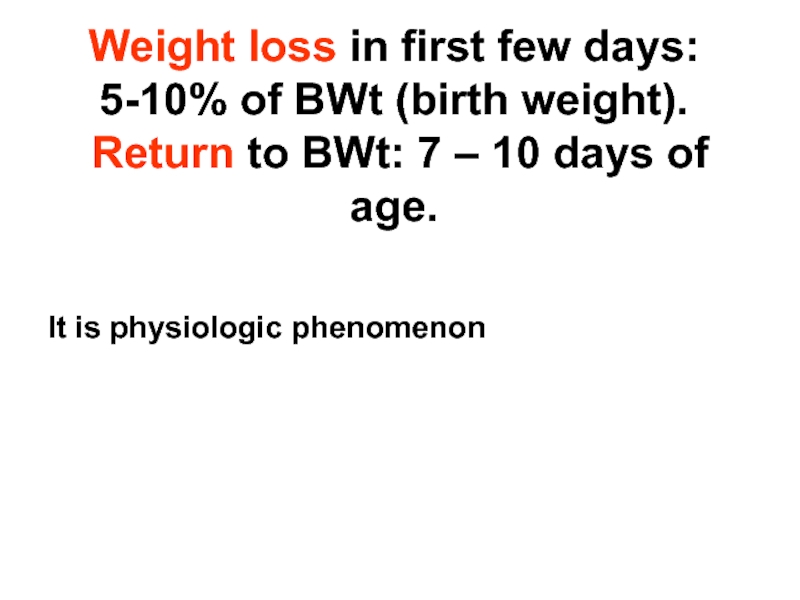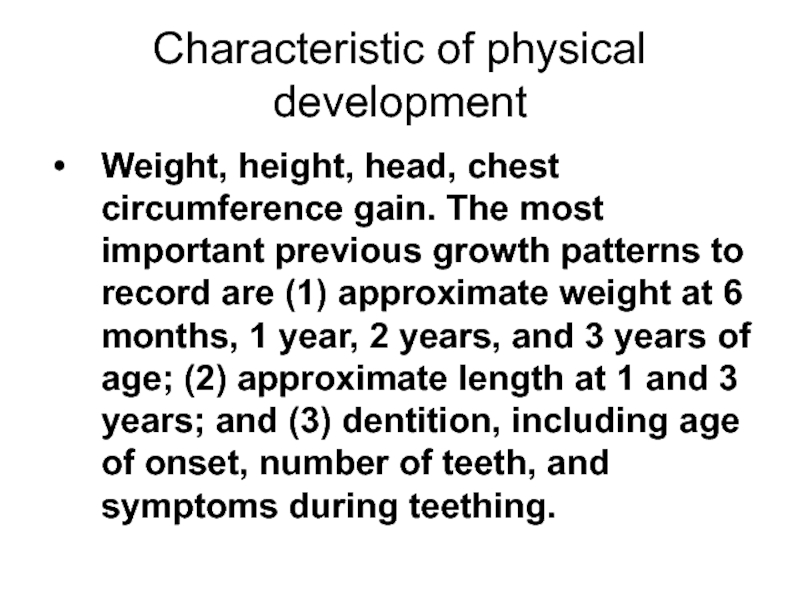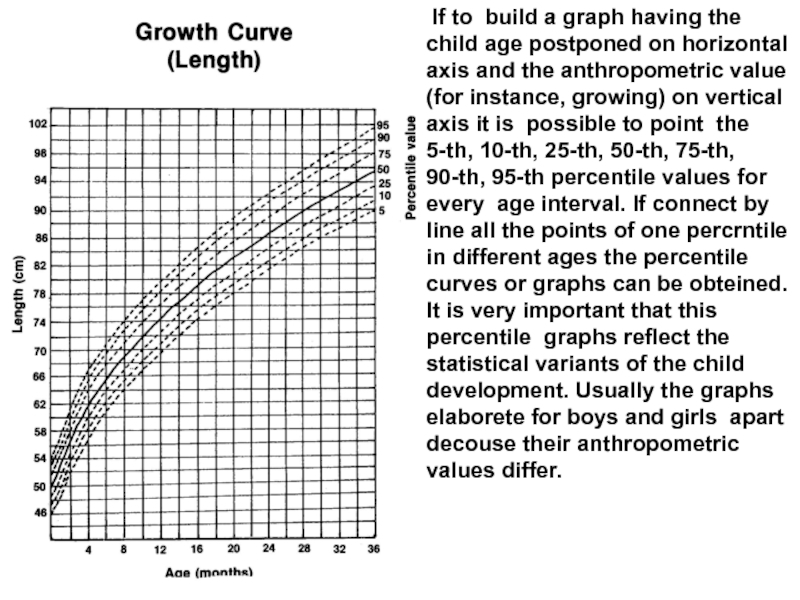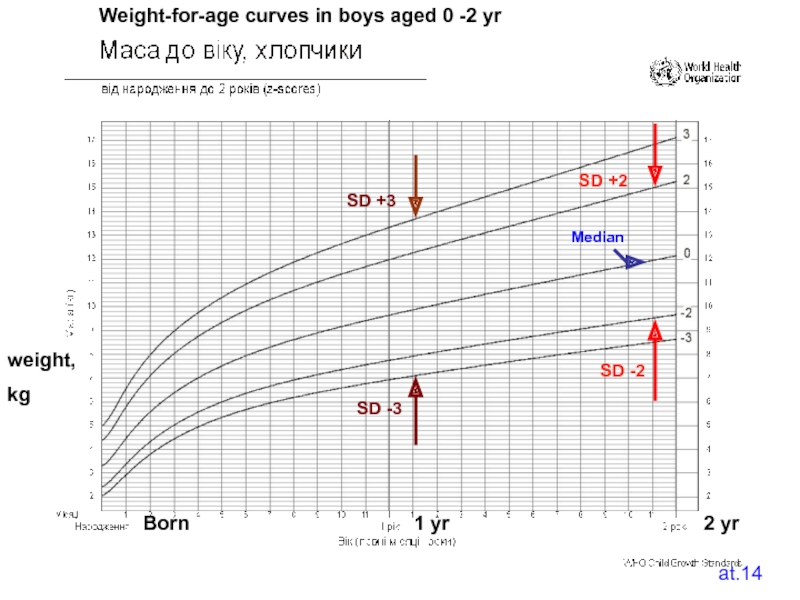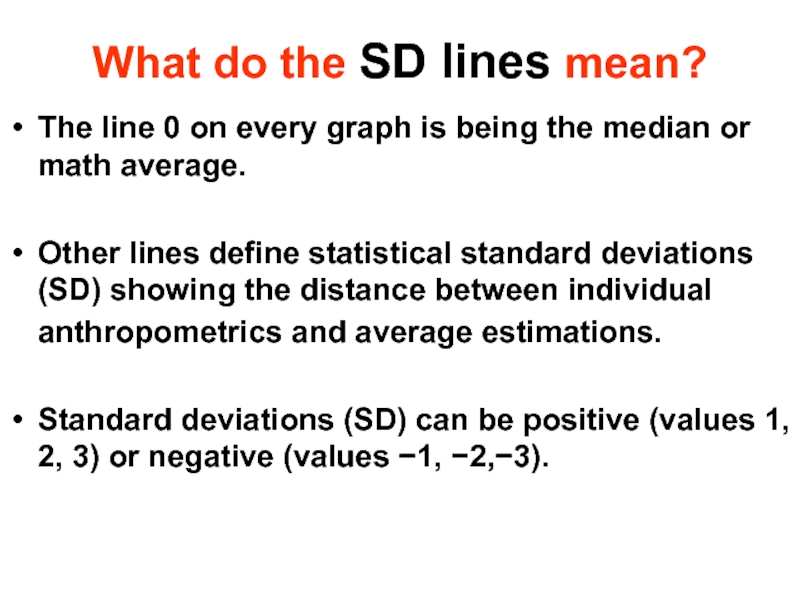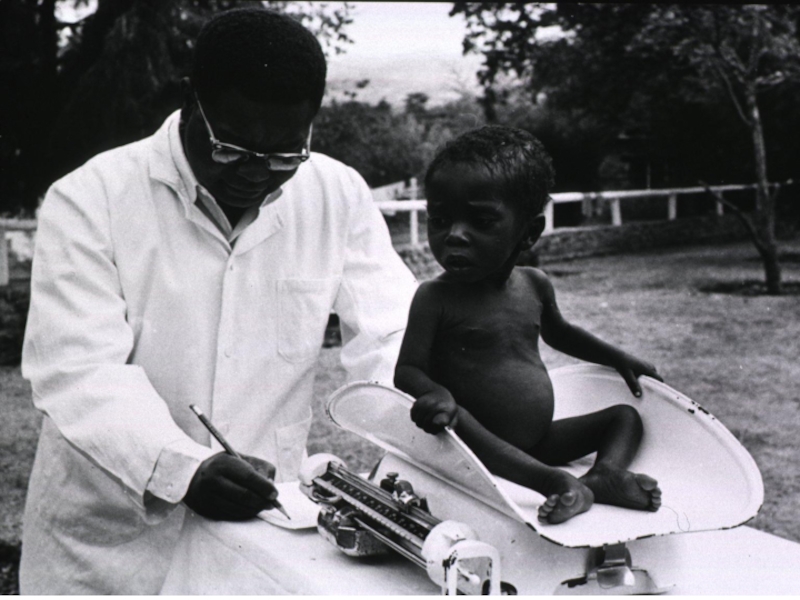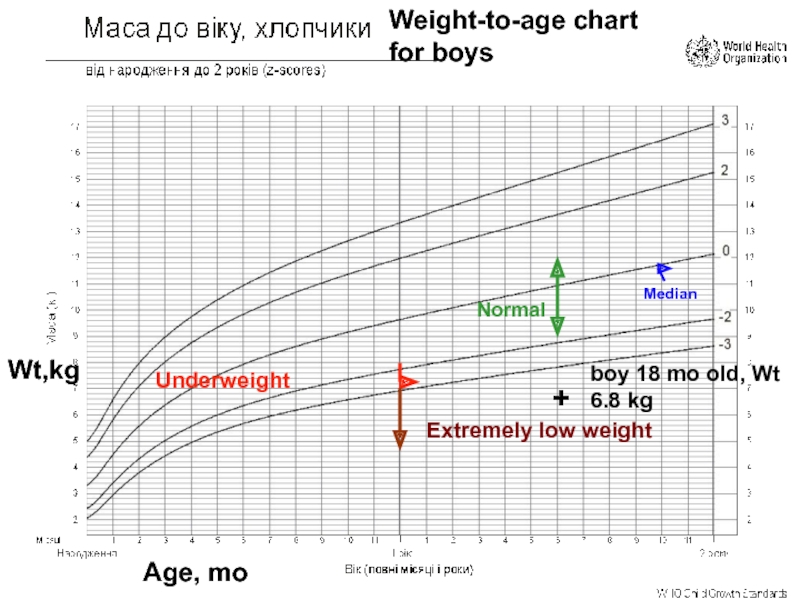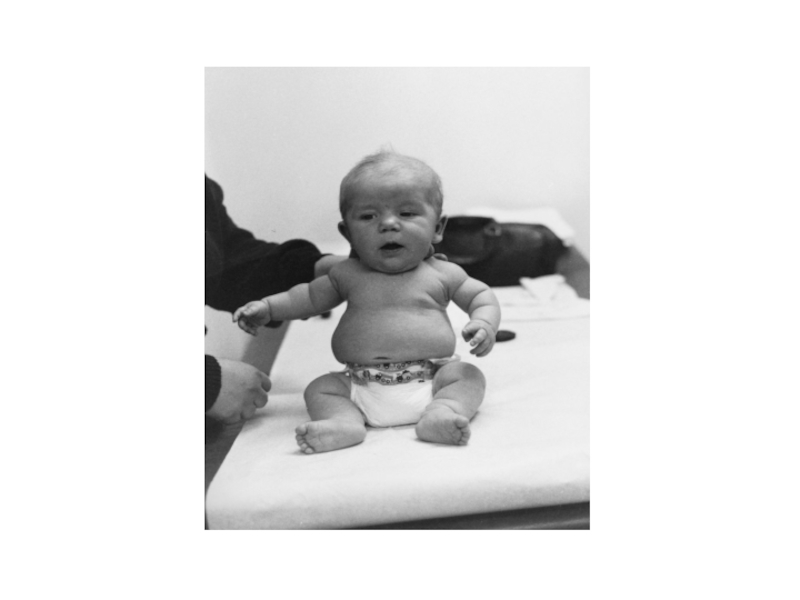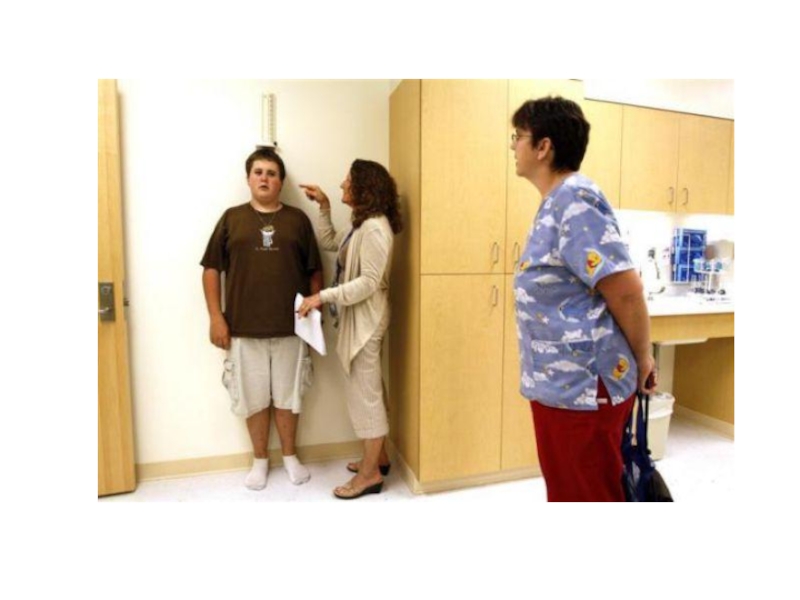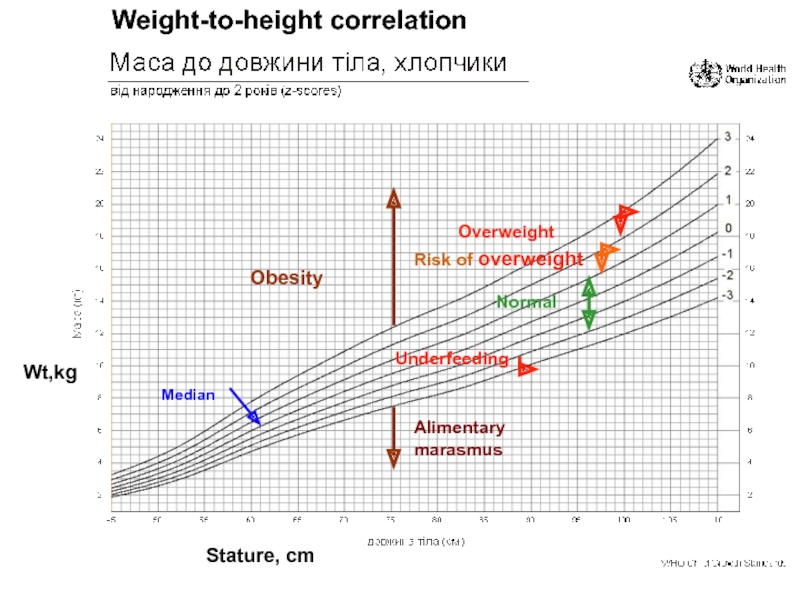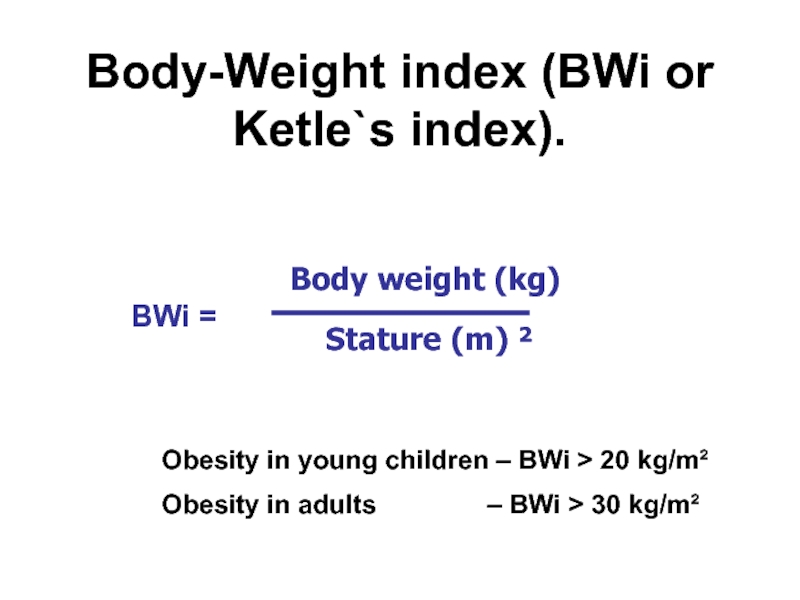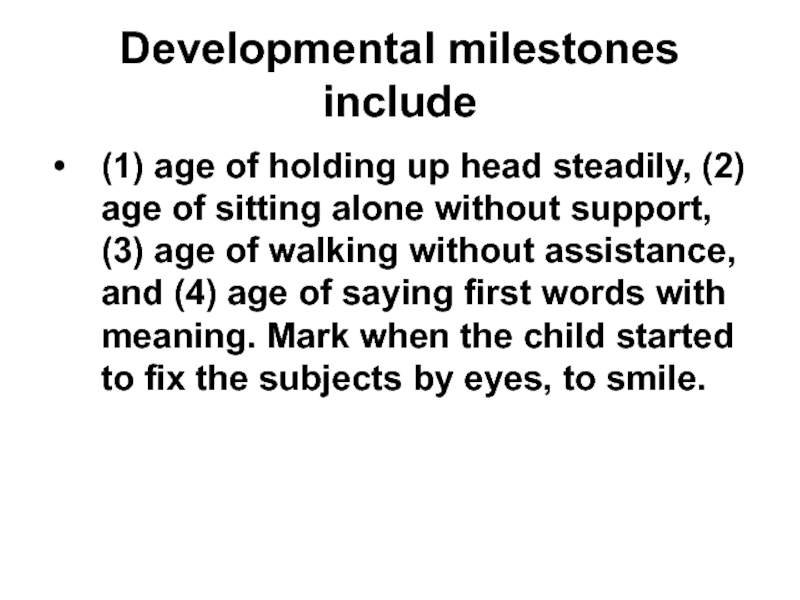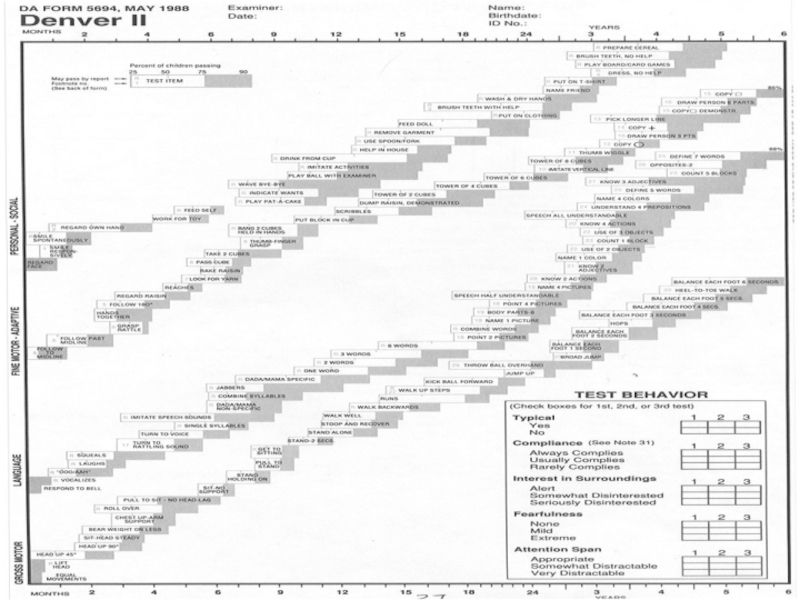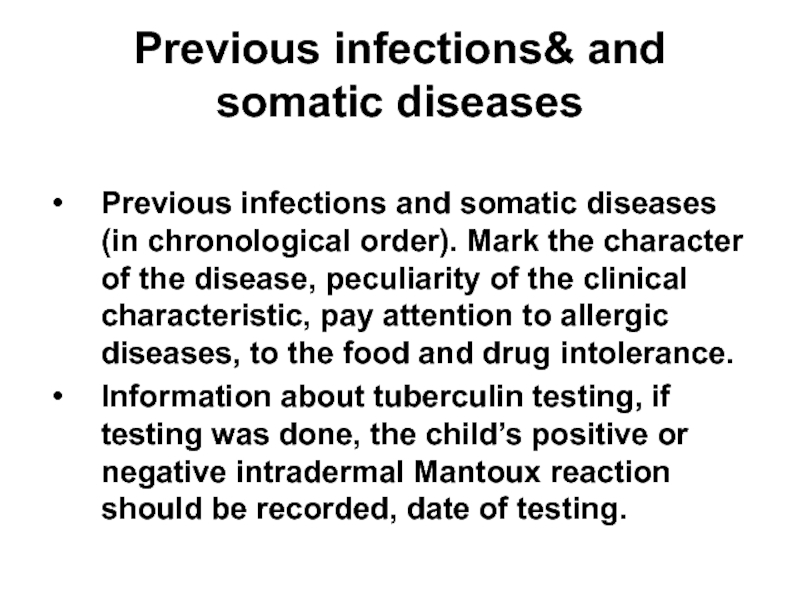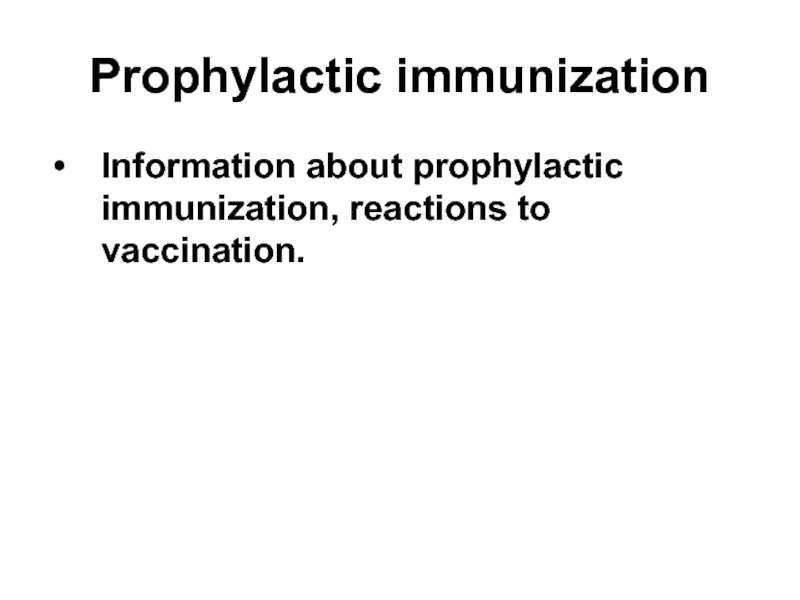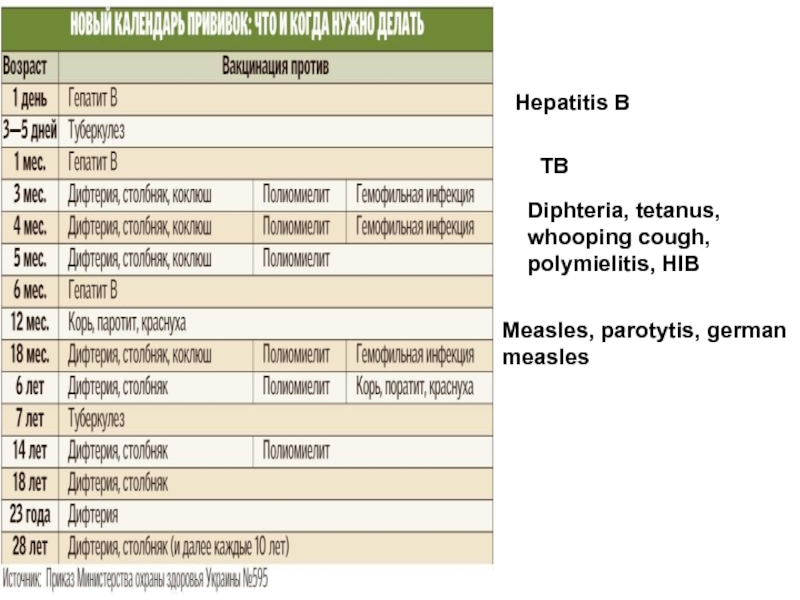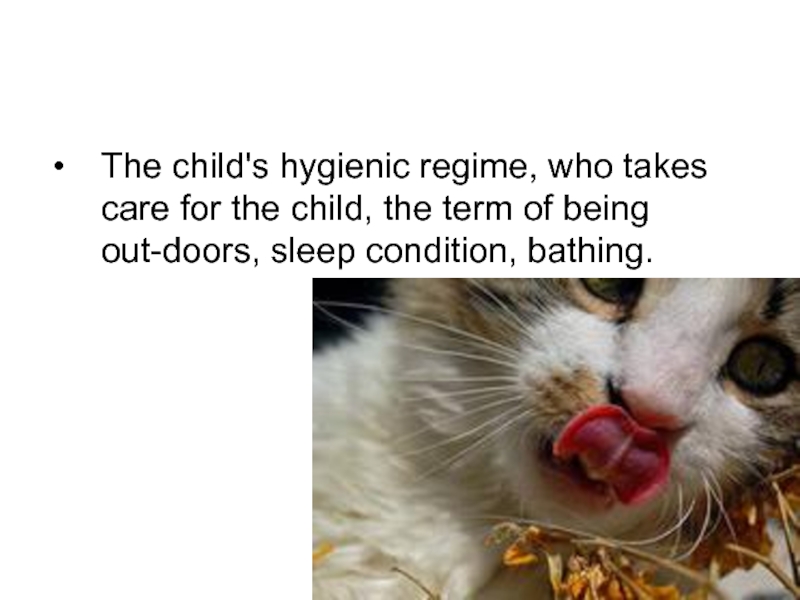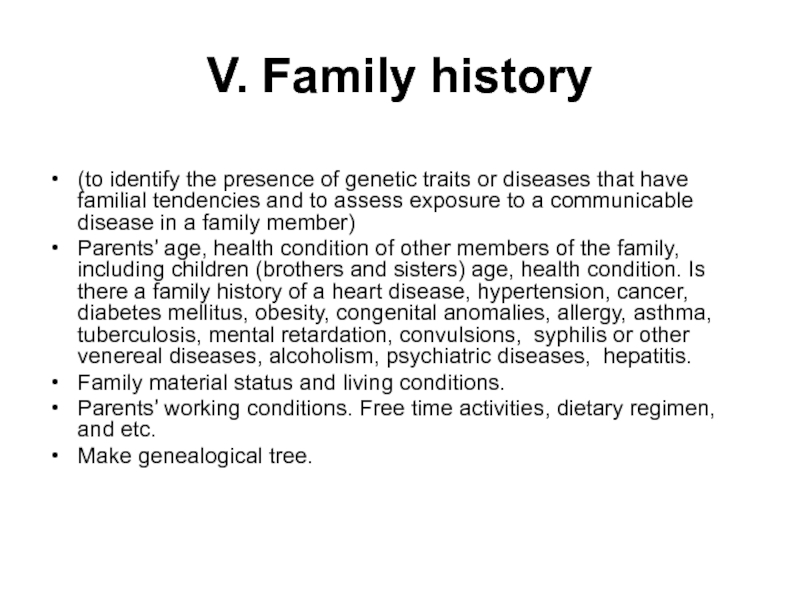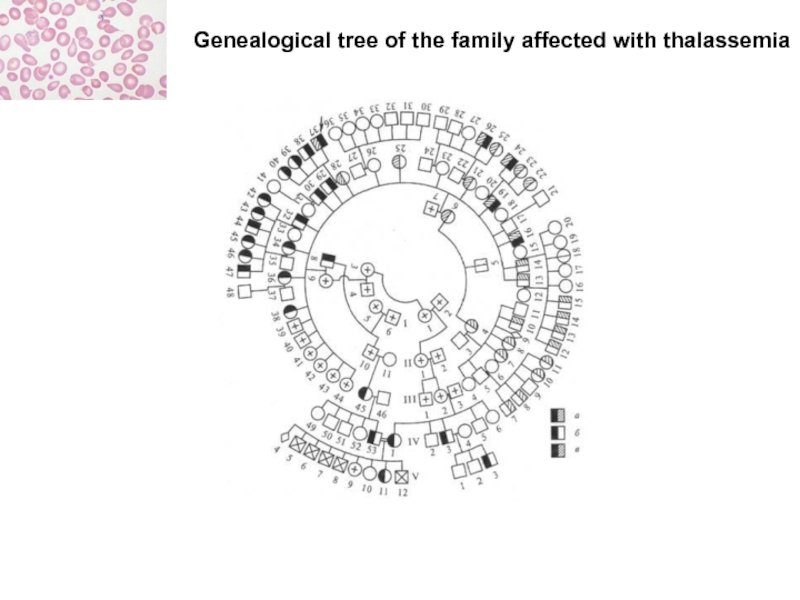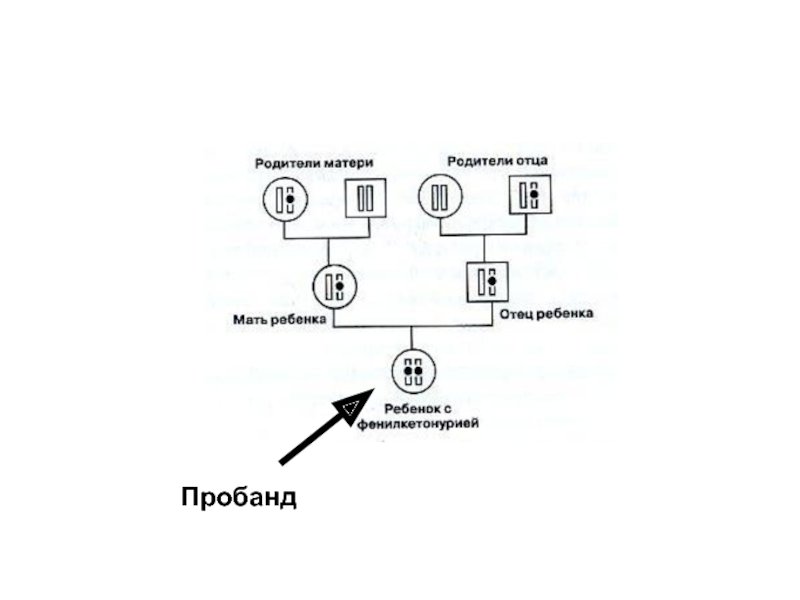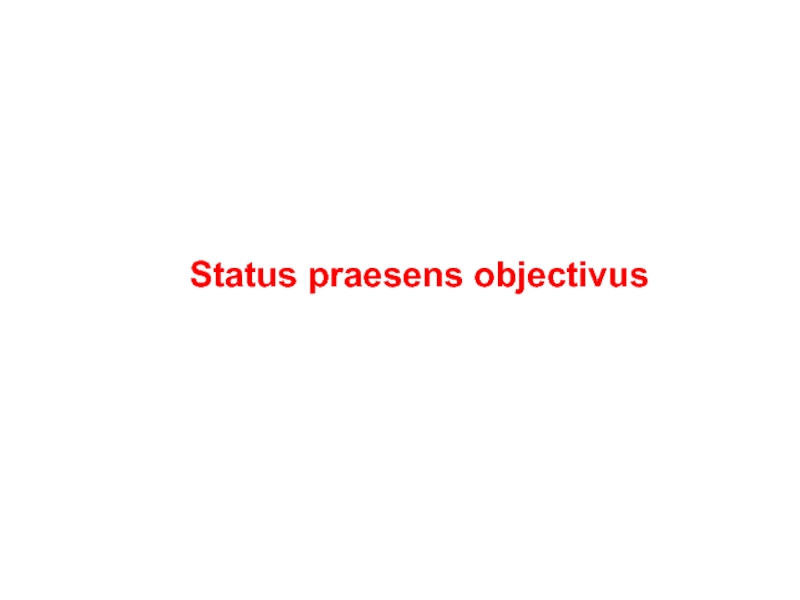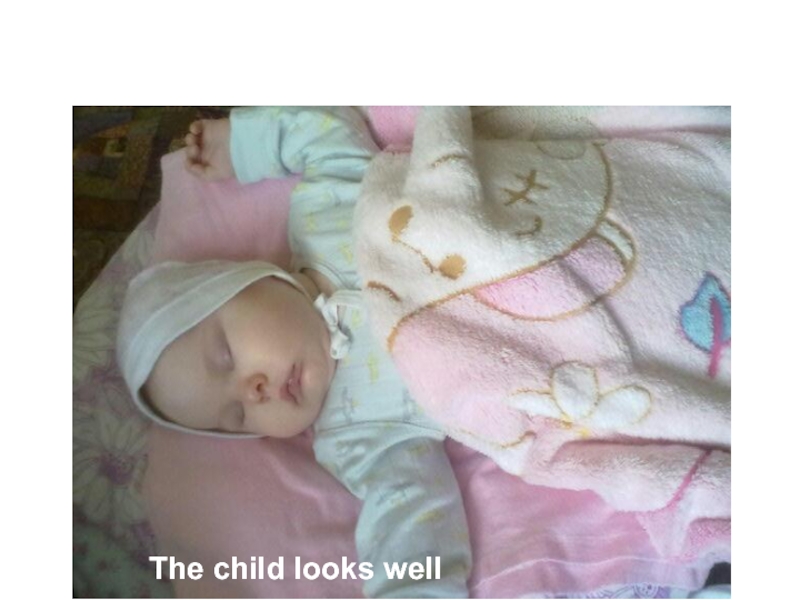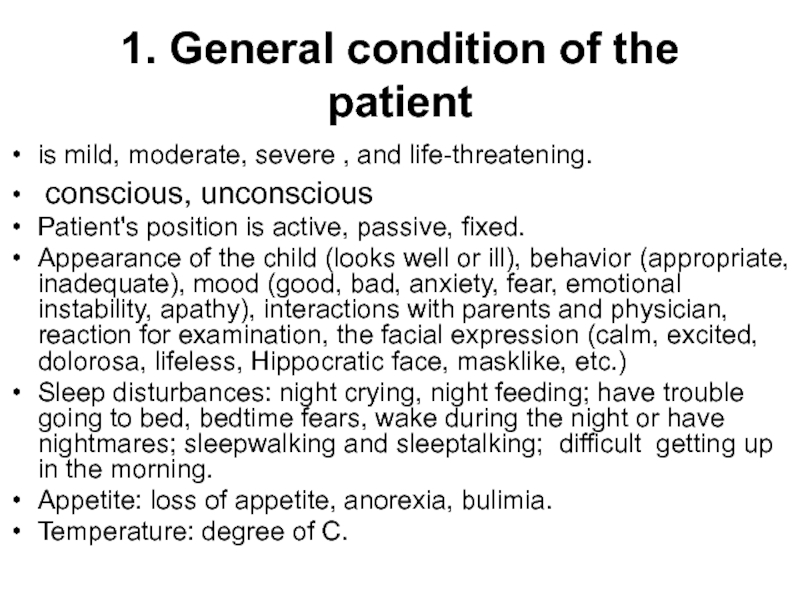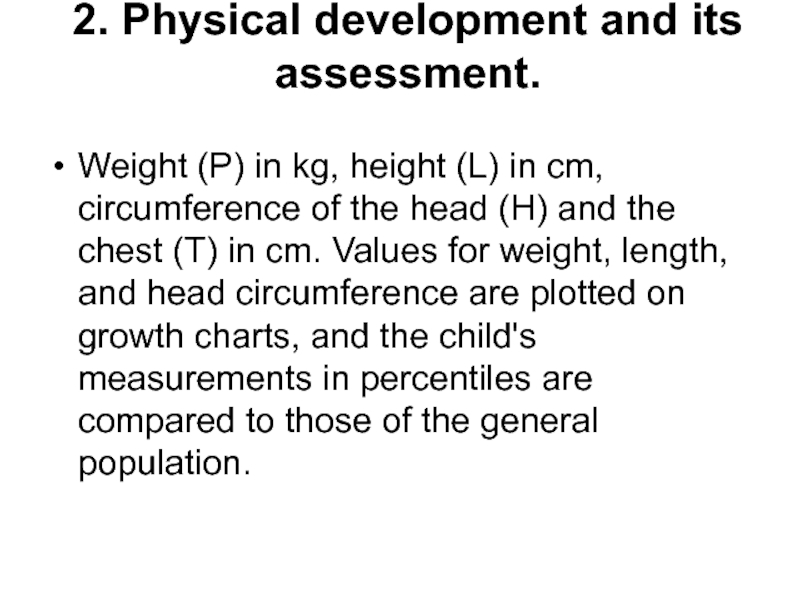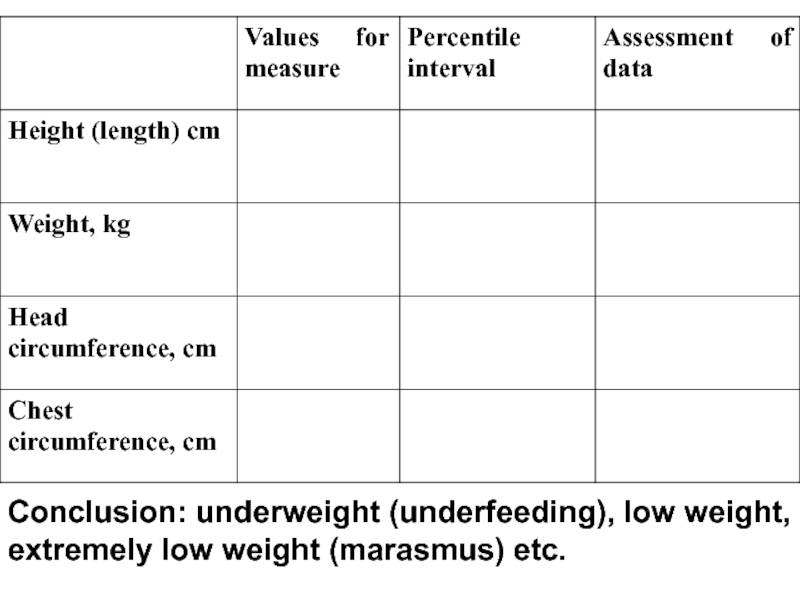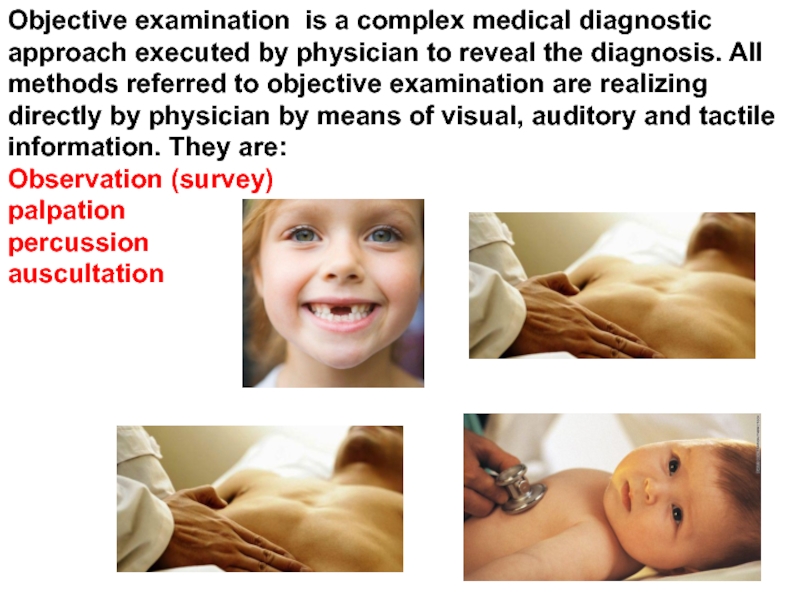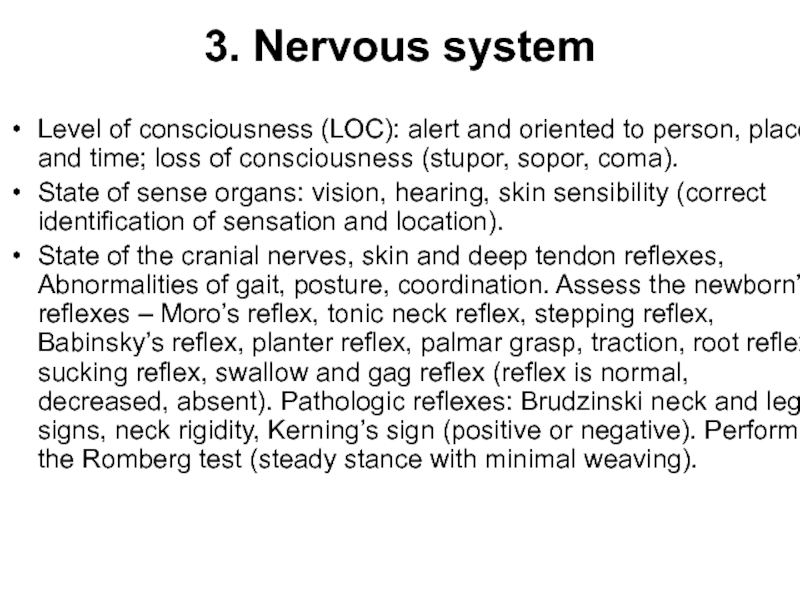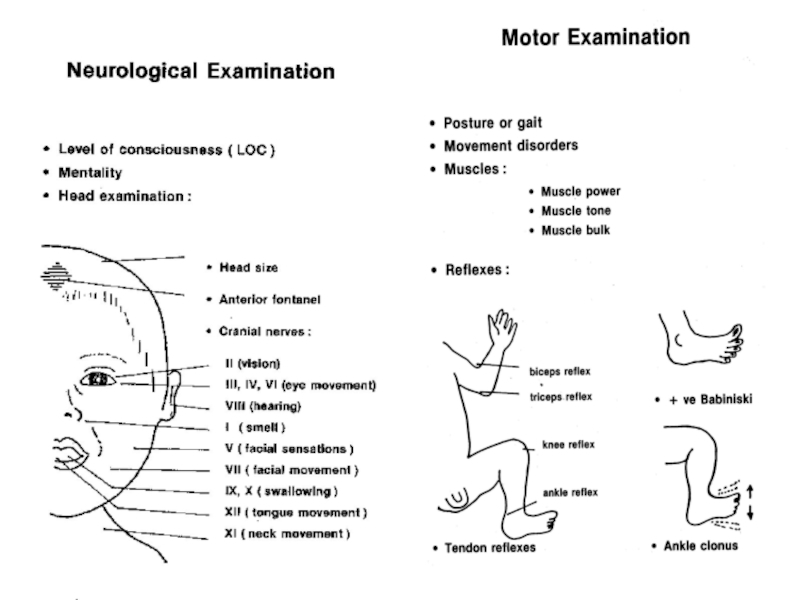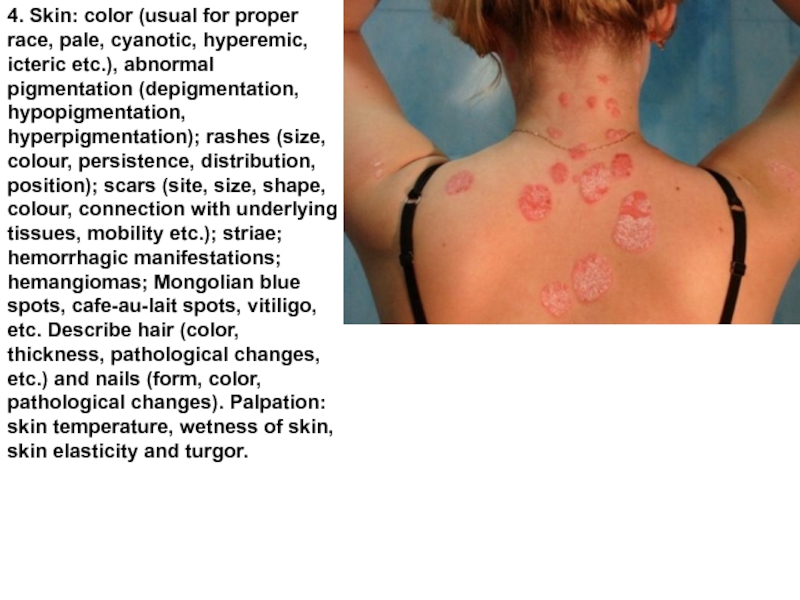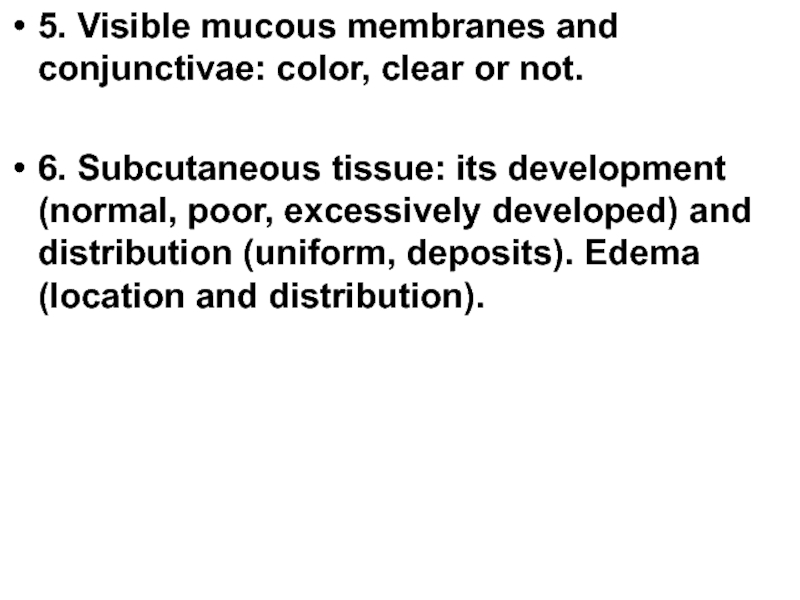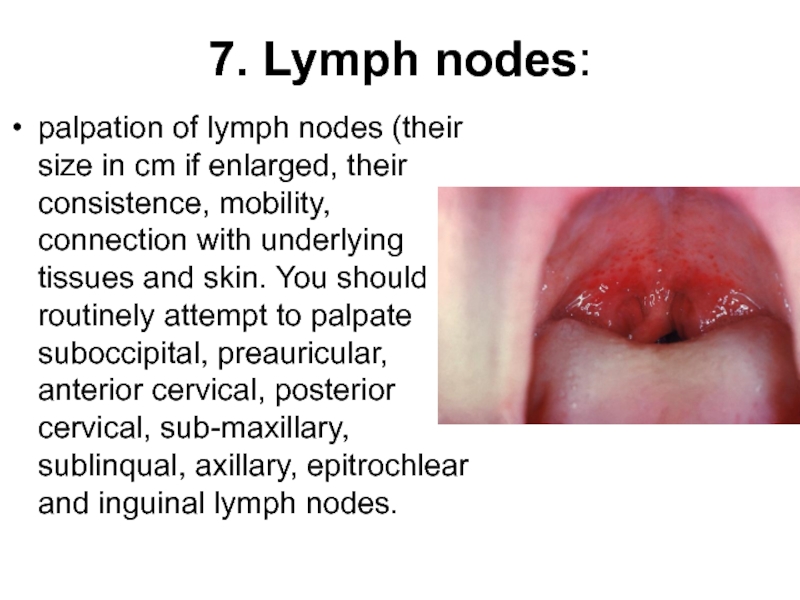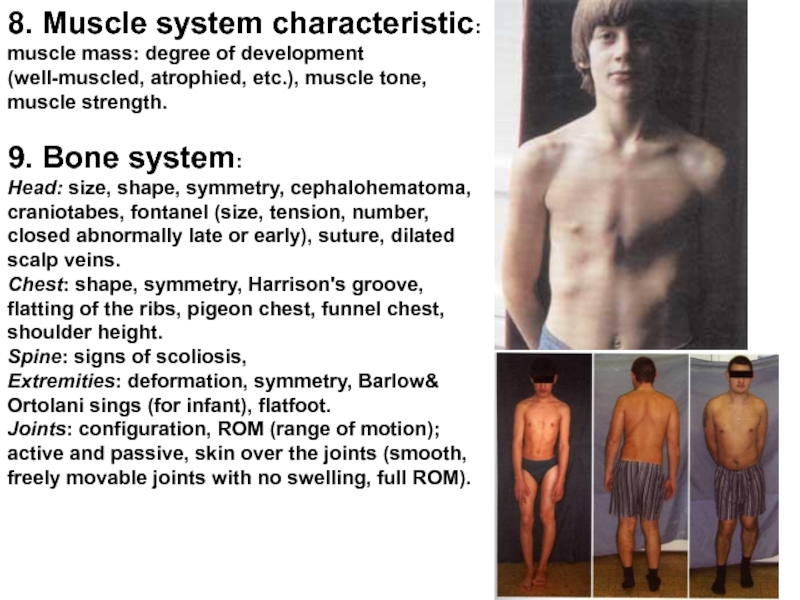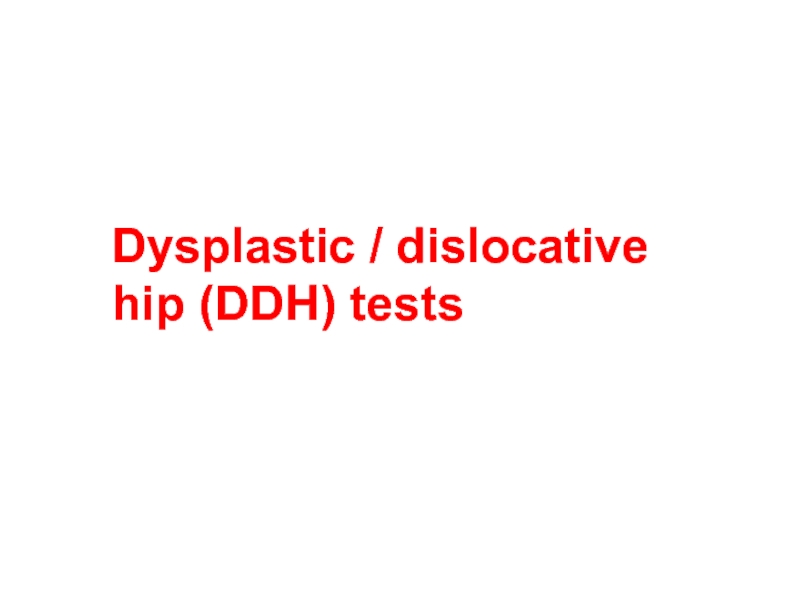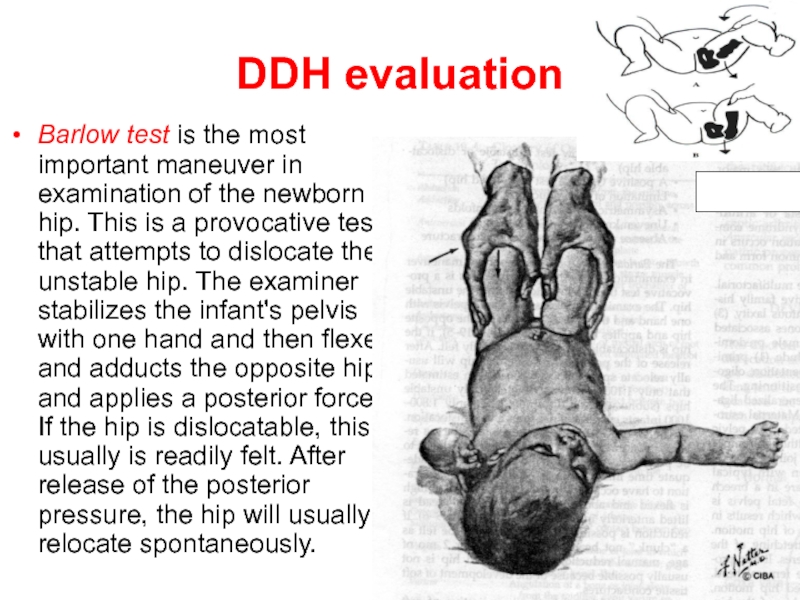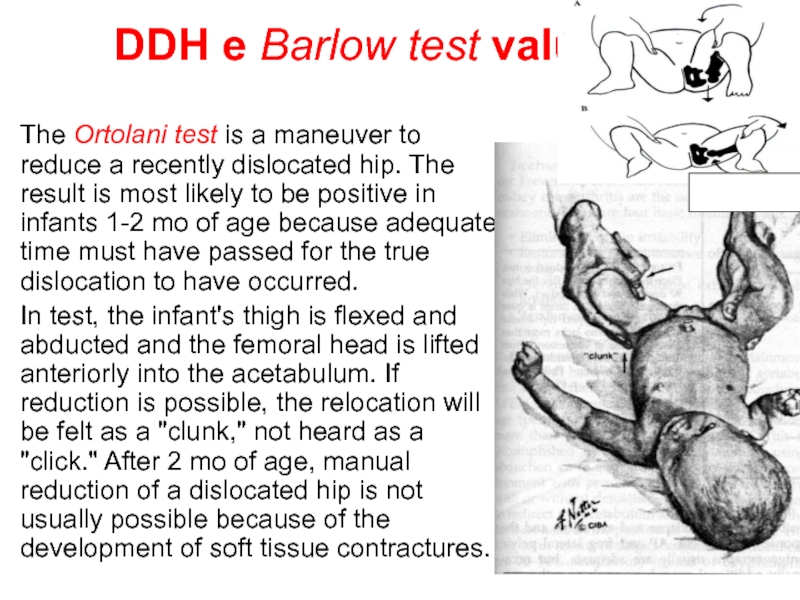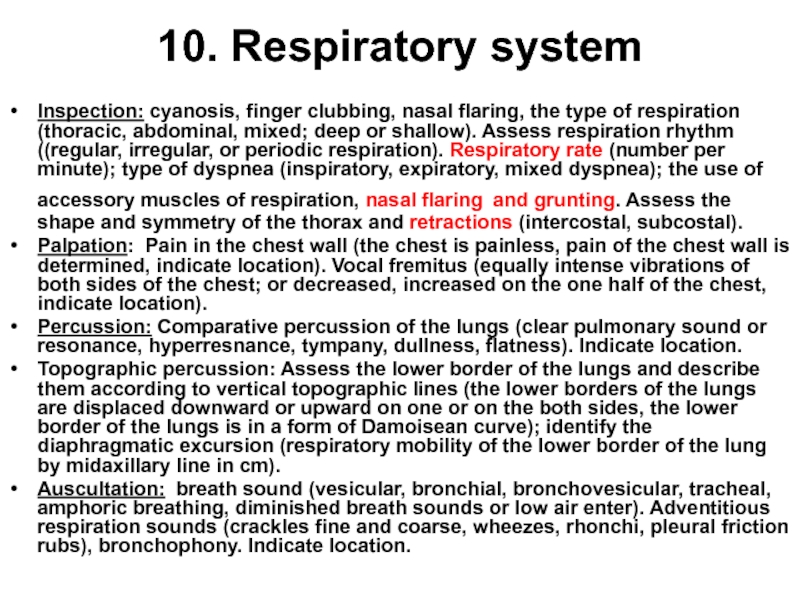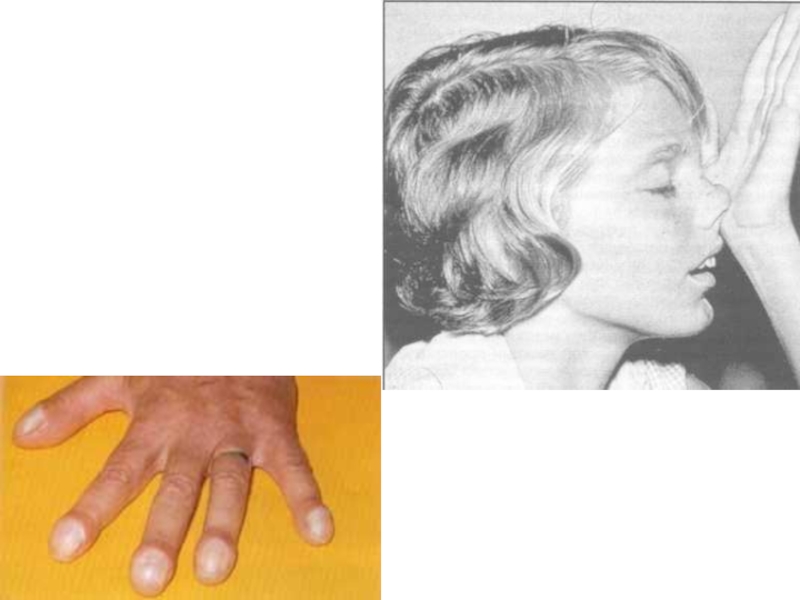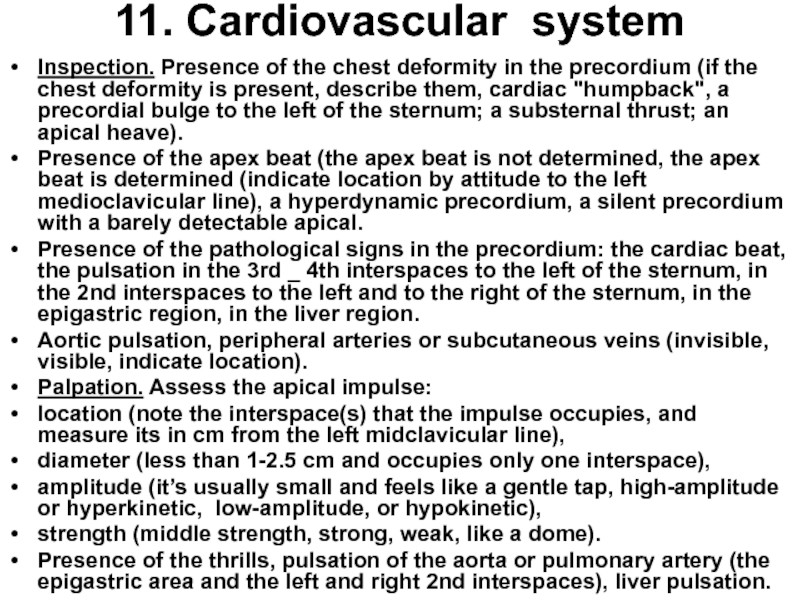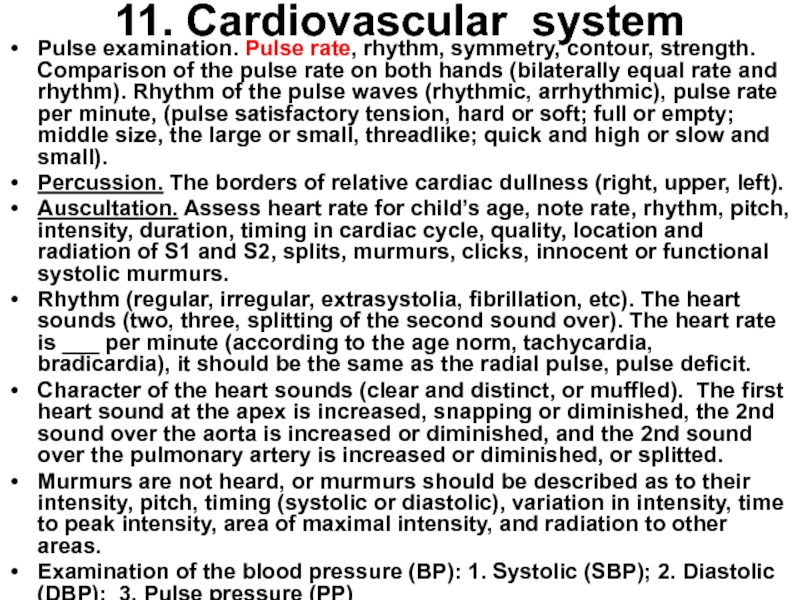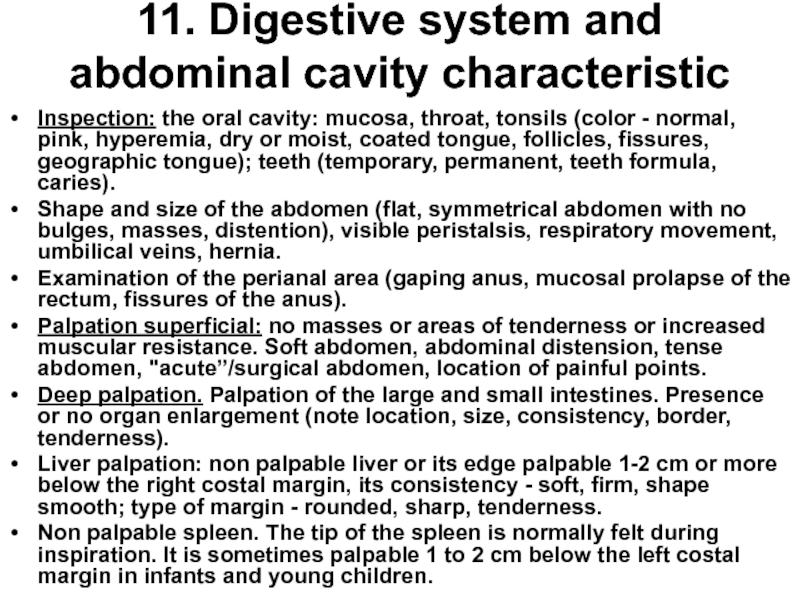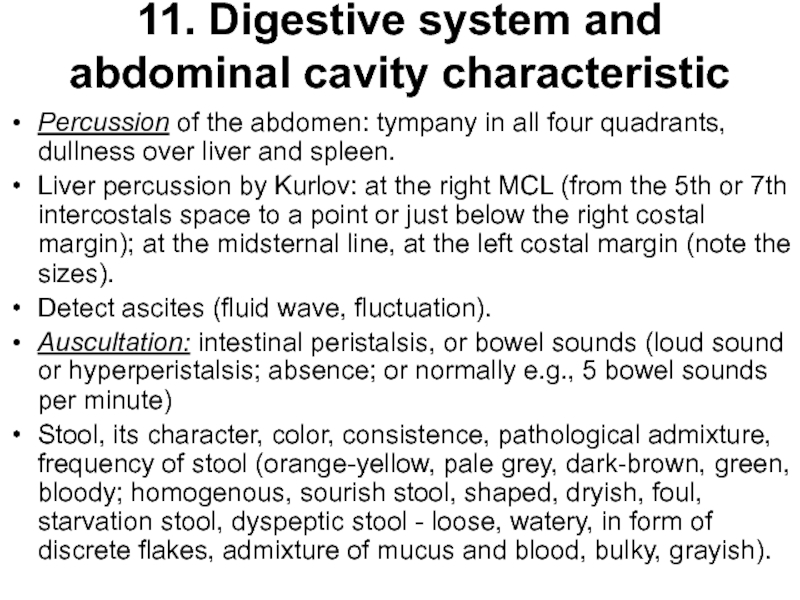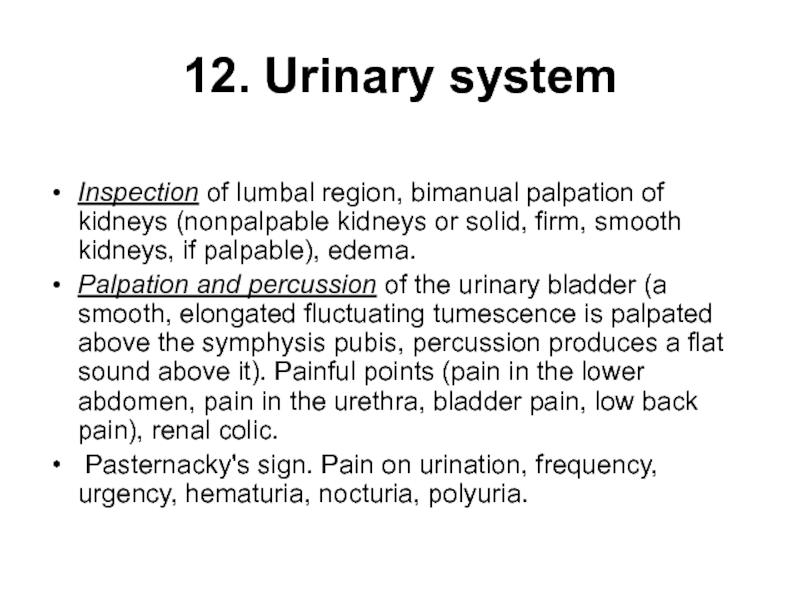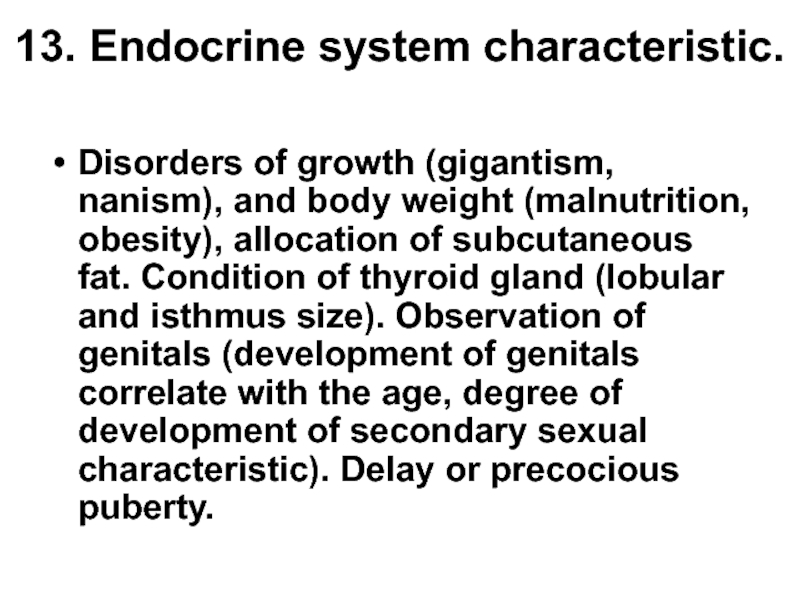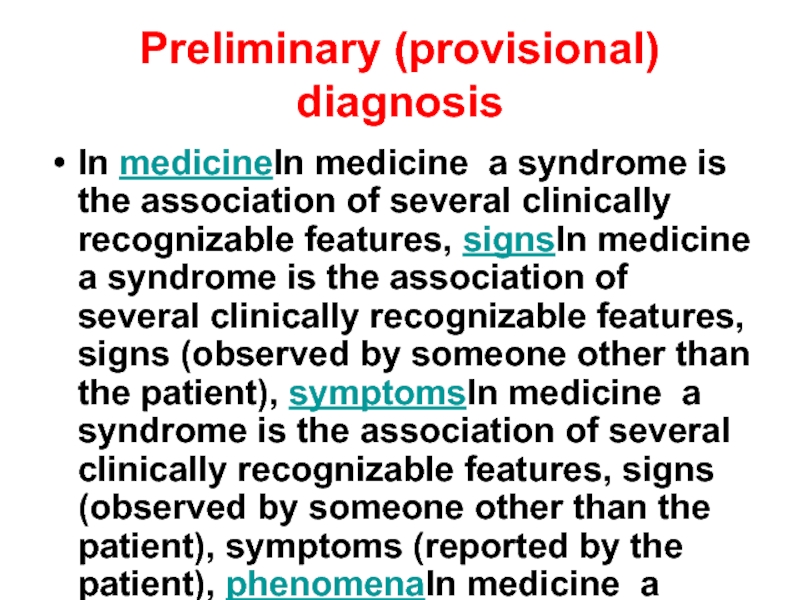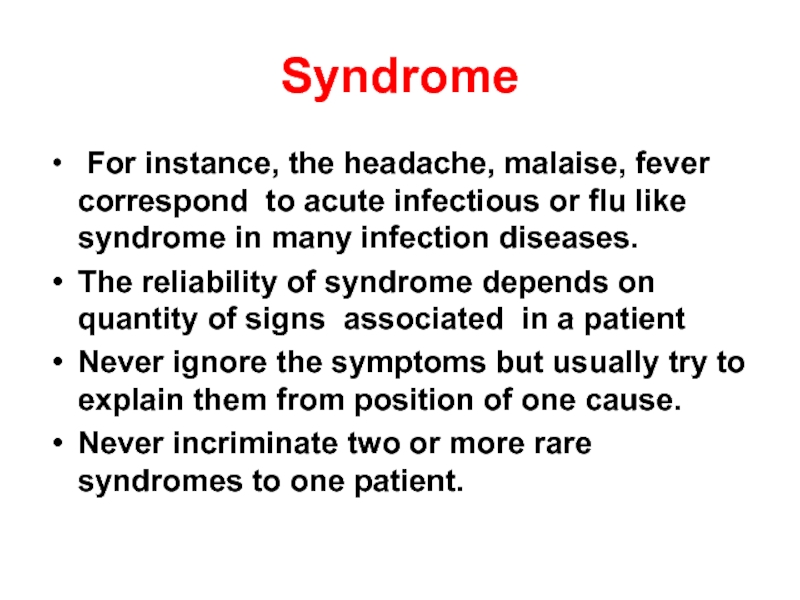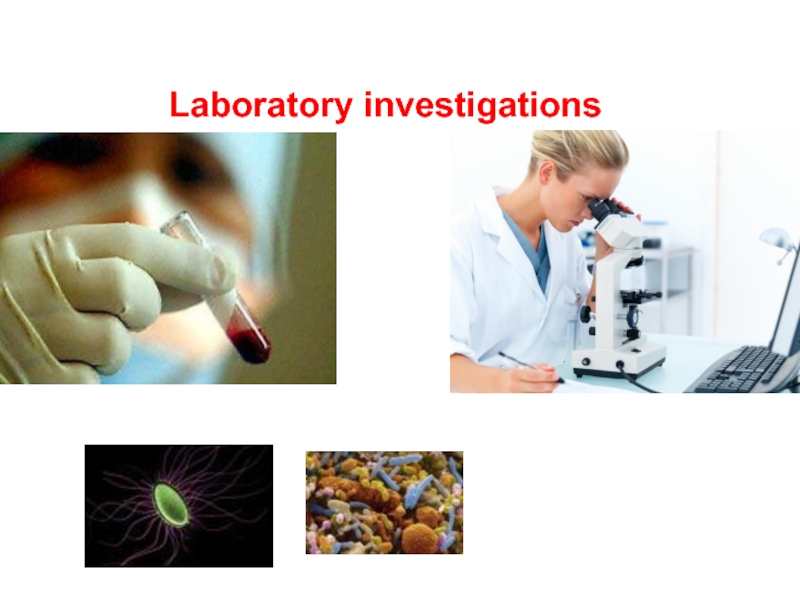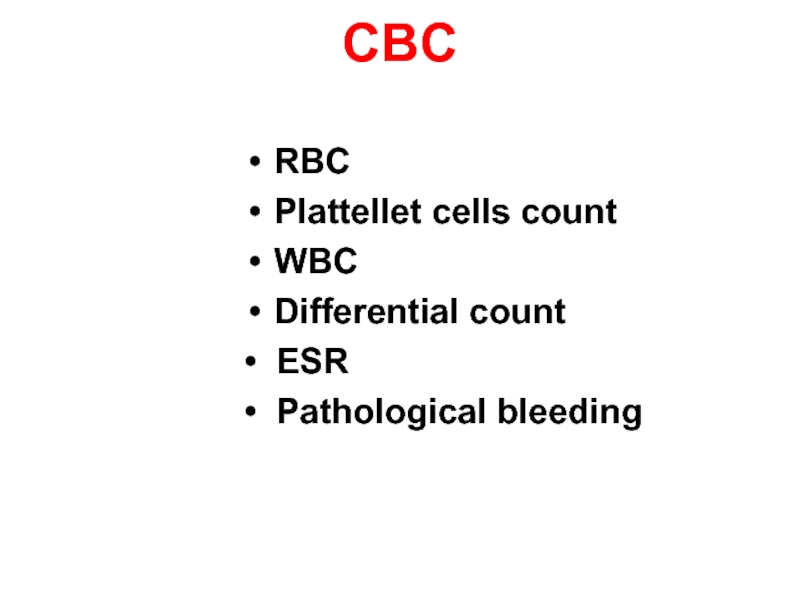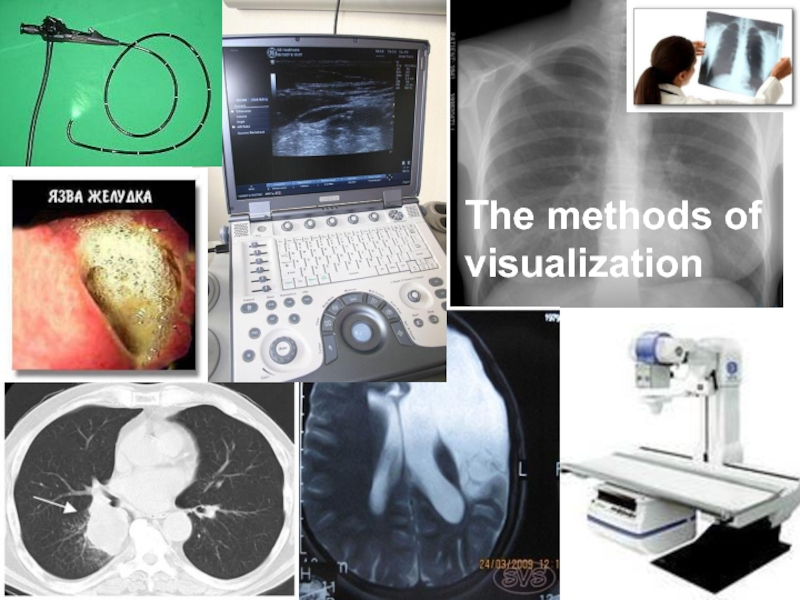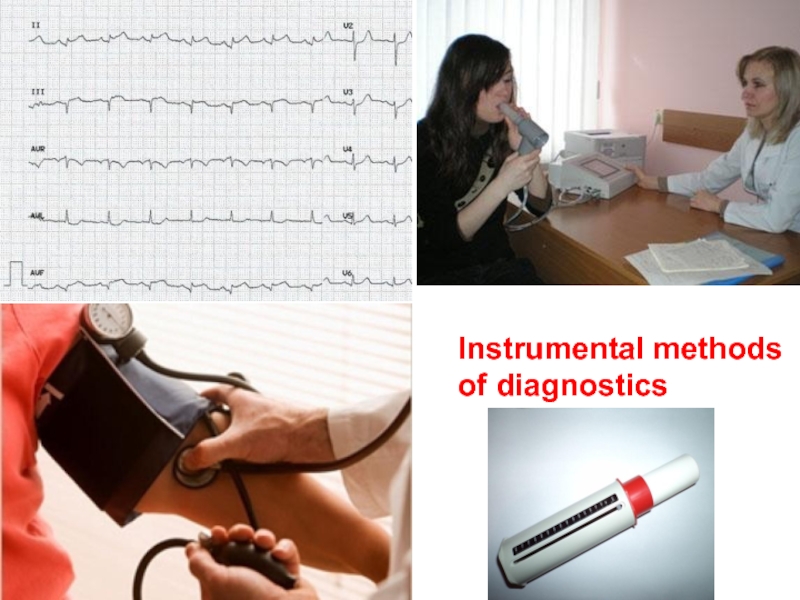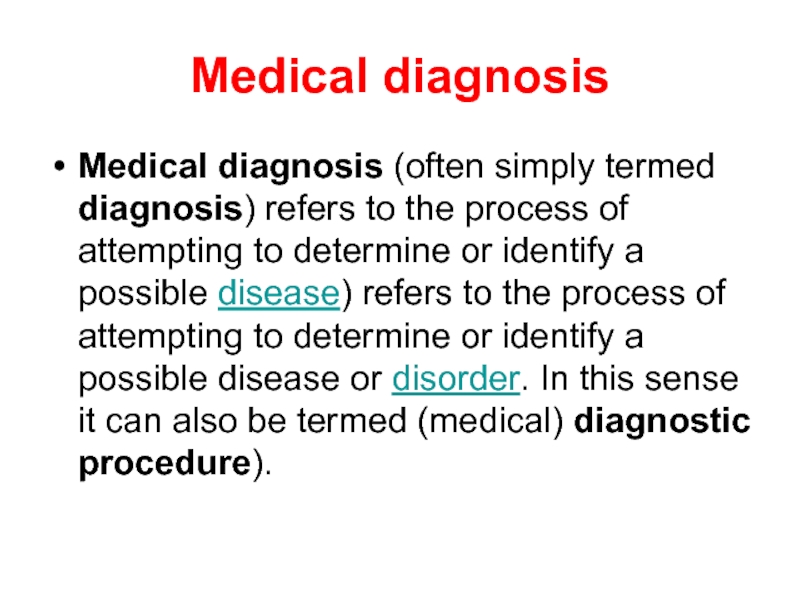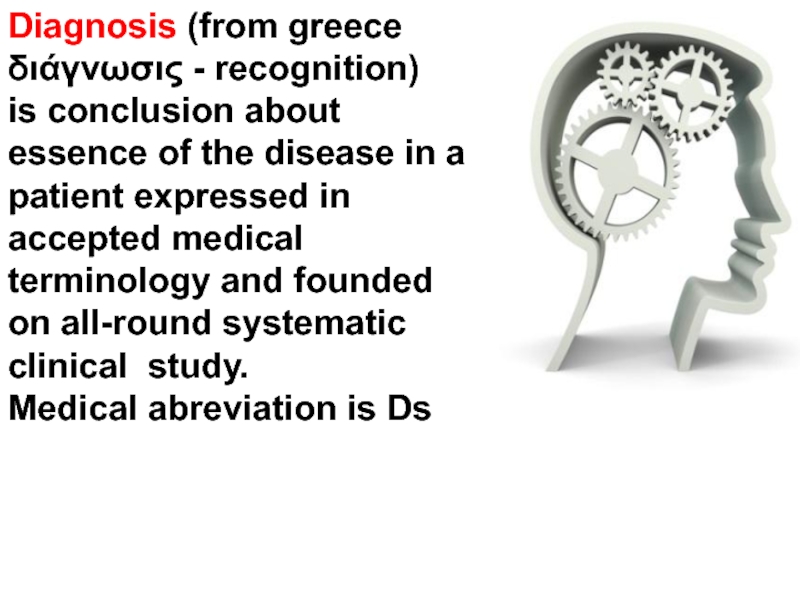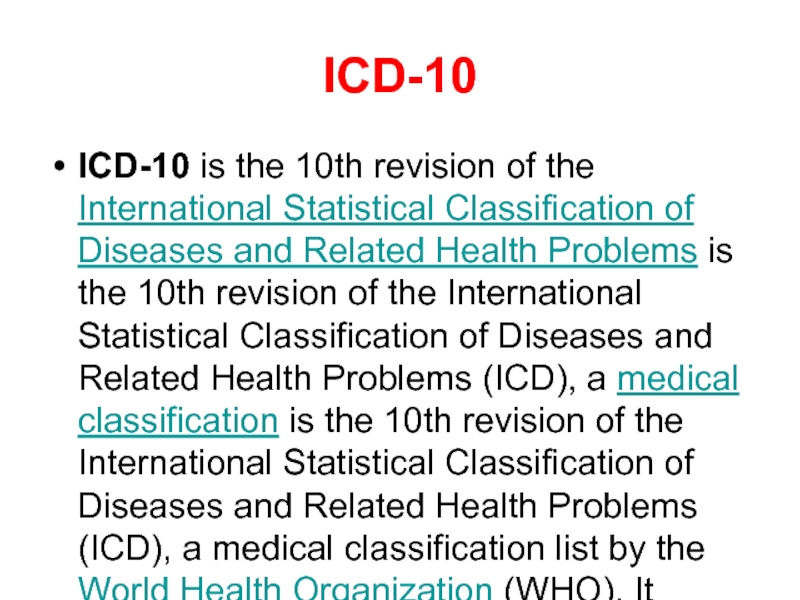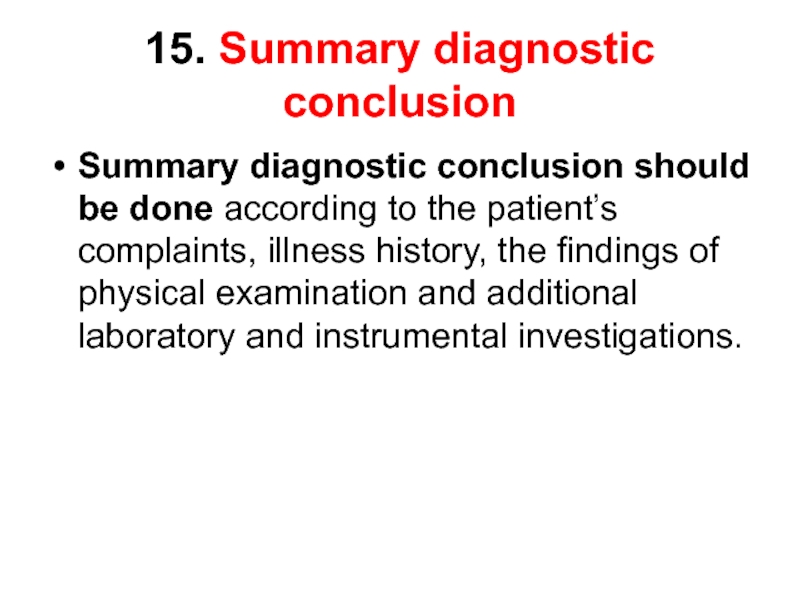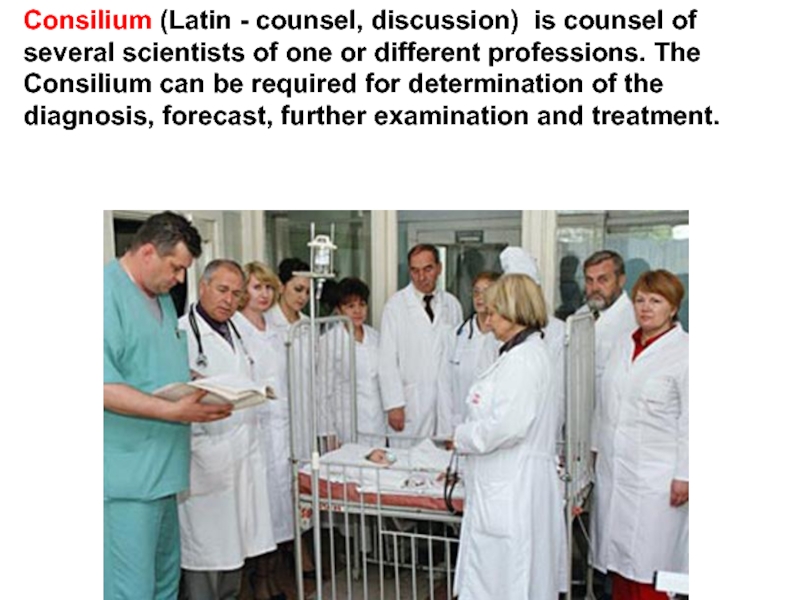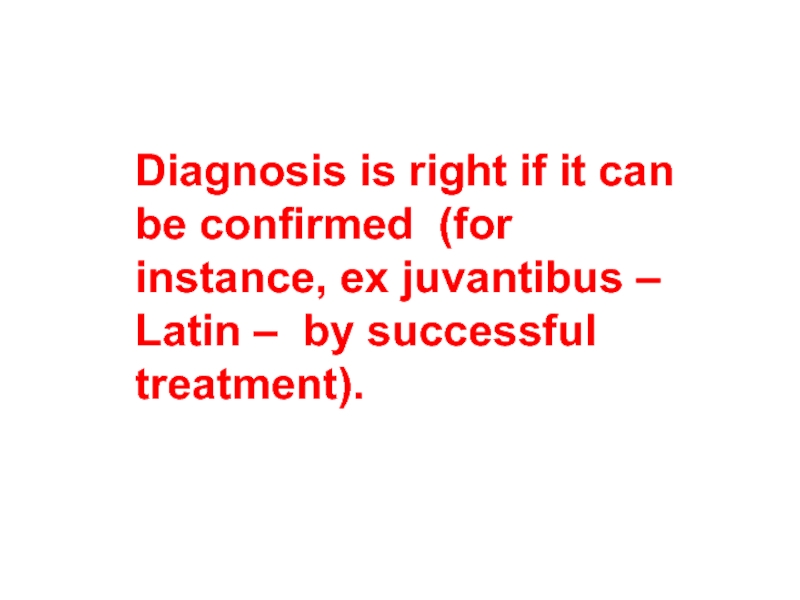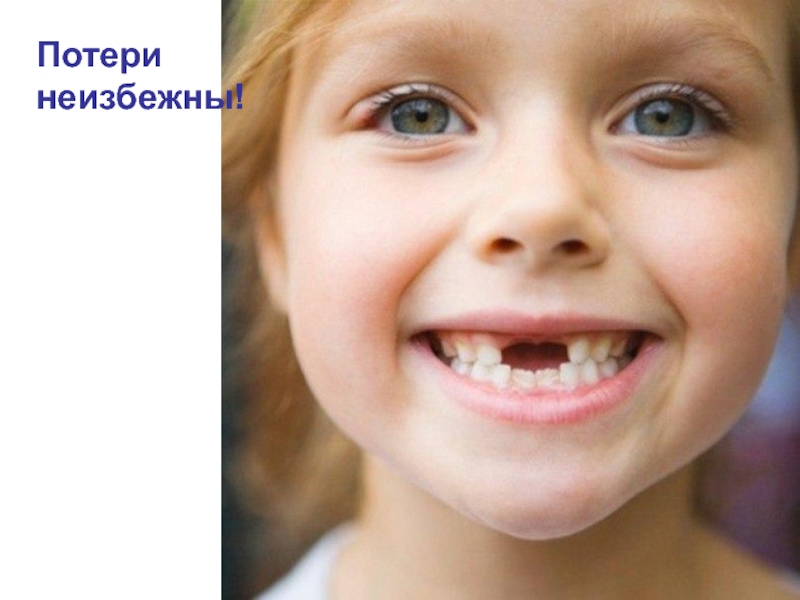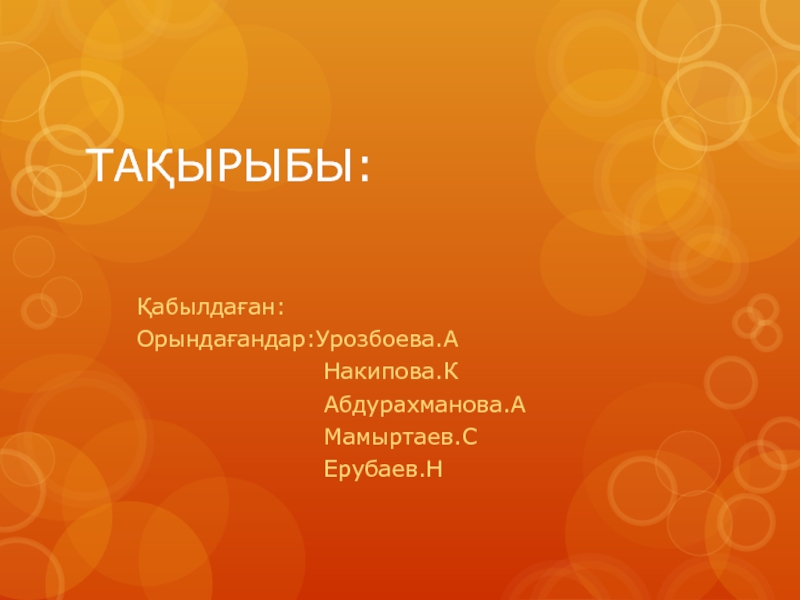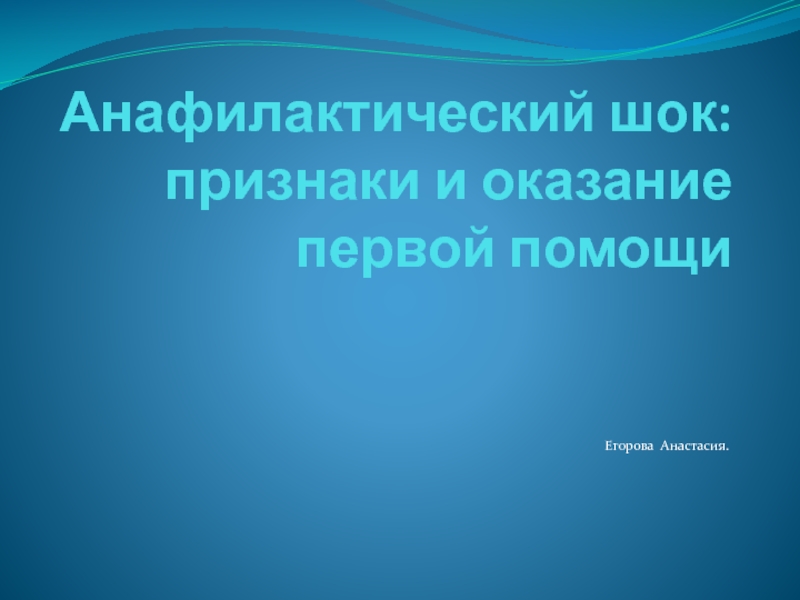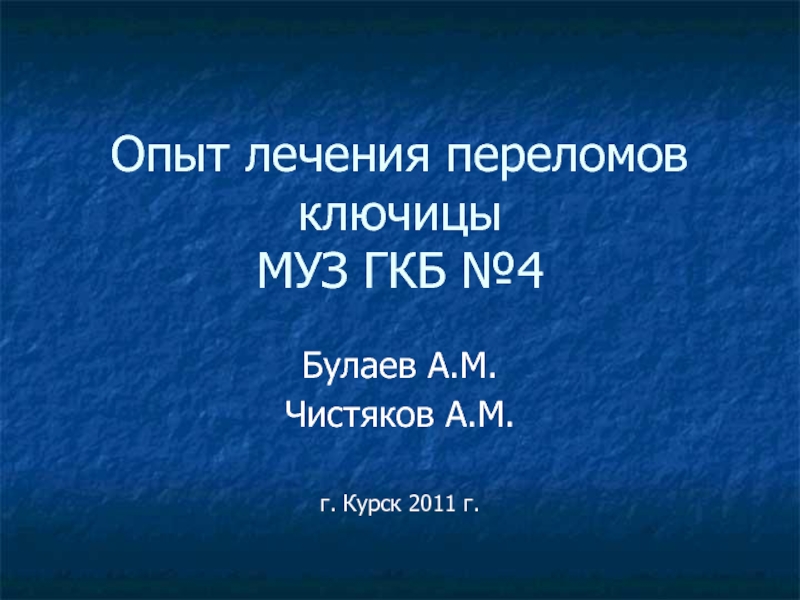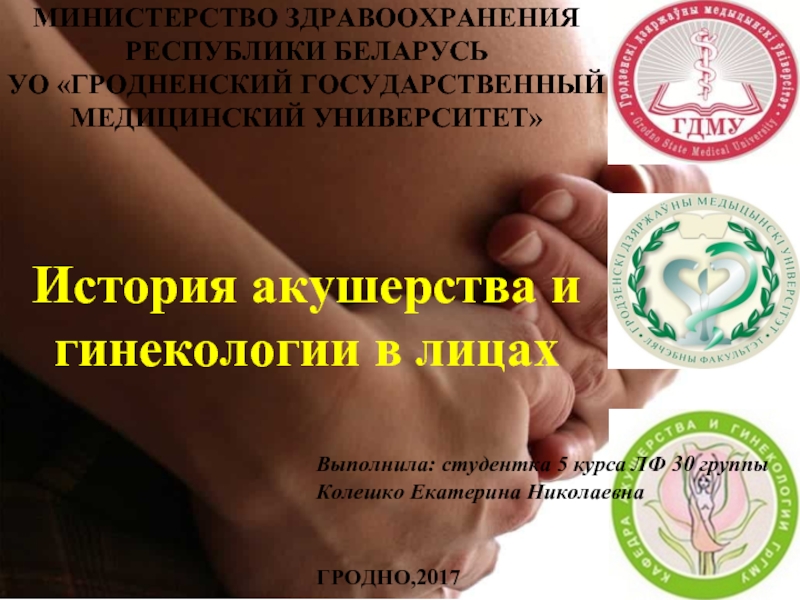- Главная
- Разное
- Дизайн
- Бизнес и предпринимательство
- Аналитика
- Образование
- Развлечения
- Красота и здоровье
- Финансы
- Государство
- Путешествия
- Спорт
- Недвижимость
- Армия
- Графика
- Культурология
- Еда и кулинария
- Лингвистика
- Английский язык
- Астрономия
- Алгебра
- Биология
- География
- Детские презентации
- Информатика
- История
- Литература
- Маркетинг
- Математика
- Медицина
- Менеджмент
- Музыка
- МХК
- Немецкий язык
- ОБЖ
- Обществознание
- Окружающий мир
- Педагогика
- Русский язык
- Технология
- Физика
- Философия
- Химия
- Шаблоны, картинки для презентаций
- Экология
- Экономика
- Юриспруденция
Medical history pediatric diagnosis in progress презентация
Содержание
- 1. Medical history pediatric diagnosis in progress
- 2. Medicine medicine is the science of diagnosing,
- 4. Sickness
- 5. Sickness
- 6. Medical aid
- 7. Medical aid Routine prophylactic investigations (screening) before job offering, study, military service etc.
- 8. The medical neonatal screening is
- 9. (-) + +
- 11. Medical aid Accidents
- 12. Medical aid patient`s visits
- 13. What is the medicine? А. The Art
- 14. What is the medicine? А. The Art
- 15. Medical service Physician Patient
- 16. Competency, qualification Communication
- 17. Competency, qualification Competency (from Latin – competere,
- 18. The Medical textbooks, reference books, periodic journals, lectures. Practical training
- 20. ICD-10
- 21. Zaporozhye State Medical University Propedeutics of Pediatrics
- 22. Management Management or administration are skills to
- 23. А
- 24. В
- 25. С
- 26. D
- 27. Medical marketing Medical marketing (MARKETING as a
- 28. In healthcare practice Compliance is a patient's
- 29. Before visit Knock and carefully open the
- 30. Hand`s washing Наказ №149
- 31. Modesty & temperance
- 32. The Communication The Communication (in psychology) is
- 34. The principals of efficient communication During
- 38. Medical history The Correct medical history is
- 40. Symptom (from greece σύμπτομα as event, coincidence,
- 41. I. Passport data 1. Patient’s surname,
- 42. Куру
- 43. Complaints
- 44. Ask the parents or
- 45. It is Important to take into account
- 46. III. History of the disease, Present illness
- 47. IV. Past history, Anamnesis vitae (for child
- 48. The newborn’s condition
- 49. Weight loss in first few days:
- 50. Characteristic of physical development Weight, height, head,
- 51. If to build a graph having
- 52. at.14 Median
- 53. What do the SD lines mean?
- 55. Median Underweight Normal Extremely low
- 57. Median Growth delay Normalrange Extremely short
- 59. Median Underfeeding Normal Alimentary marasmus Risk of
- 61. Developmental milestones include (1) age of holding
- 63. Previous infections& and somatic diseases Previous
- 64. Prophylactic immunization Information about prophylactic immunization, reactions to vaccination.
- 65. Hepatitis B TB Diphteria, tetanus, whooping cough, polymielitis, HIB Measles, parotytis, german measles
- 66. The child's hygienic regime, who takes
- 67. V. Family history (to identify the
- 68. Genealogical tree of the family affected with thalassemia
- 69. Пробанд
- 70. Status praesens objectivus
- 71. The child looks well
- 72. 1. General condition of the patient is
- 73. 2. Physical development and its assessment.
- 74. Conclusion: underweight (underfeeding), low weight, extremely low weight (marasmus) etc.
- 75. Objective examination is a complex medical diagnostic
- 76. 3. Nervous system Level of consciousness
- 78. 4. Skin: color (usual for proper race,
- 79. 5. Visible mucous membranes and conjunctivae: color,
- 80. 7. Lymph nodes: palpation of lymph nodes
- 81. 8. Muscle system characteristic: muscle mass: degree
- 82. Dysplastic / dislocative hip (DDH) tests
- 83. DDH evaluation Barlow test is the most
- 84. DDH e Barlow test valuation
- 85. 10. Respiratory system Inspection: cyanosis, finger
- 87. 11. Cardiovascular system Inspection. Presence of
- 88. 11. Cardiovascular system Pulse examination. Pulse
- 89. 11. Digestive system and abdominal cavity characteristic
- 90. 11. Digestive system and abdominal cavity characteristic
- 91. 6EDCB BCDE6 6EDCB1 1BCDE6 6 seal
- 92. 12. Urinary system Inspection of lumbal
- 93. 13. Endocrine system characteristic. Disorders of
- 94. Preliminary (provisional) diagnosis In medicineIn medicine a
- 95. Syndrome For instance, the headache, malaise,
- 96. Laboratory investigations
- 97. CBC RBC Plattellet cells count WBC Differential count • ESR • Pathological bleeding
- 98. Методы визуализации The methods of
- 99. Instrumental methods of diagnostics
- 100. Medical diagnosis Medical diagnosis (often simply termed
- 101. Diagnosis (from greece διάγνωσις - recognition)
- 102. ICD-10 ICD-10 is the 10th revision of
- 103. 15. Summary diagnostic conclusion Summary diagnostic conclusion
- 104. Consilium (Latin - counsel, discussion) is counsel
- 105. Diagnosis is right if it
- 106. Потери неизбежны!
Слайд 2Medicine
medicine is the science of diagnosing, treating, or preventing disease and
Слайд 7Medical aid
Routine prophylactic investigations (screening) before job offering, study, military
Слайд 8 The medical neonatal screening is one of the most
Слайд 9 (-)
+
+
There
Слайд 17Competency, qualification
Competency (from Latin – competere, correspond to, approach)
Слайд 21Zaporozhye State Medical University
Propedeutics of Pediatrics Department
STUDENT’S CASE HISTORY
(SCH)
The
Age ______________________________________
Diagnosis__________________________________
Student___________
Group______________________
Grade of education____________
Teacher_____________________
Date of giving the SCH for cheking up__________
Mark_______________________
Teacher’s signature____________
Date________________________
Zaporozhye - 2013
Слайд 22Management
Management or administration are skills to organize an efficient control over
Слайд 27Medical marketing
Medical marketing (MARKETING as a sale, trade on the
Слайд 28In healthcare practice Compliance is a patient's and doctor's adherence to
Слайд 29Before visit
Knock and carefully open the door
Greet everyone with cordial
Confirm personality of the patient
Support necessary distance
Have a subject like a toy to interest a child
Wash the hands at the presence of the patient
Слайд 32The Communication
The Communication (in psychology) is an exchange by information between
Слайд 33
Communication with the patient`s relatives and directly with the child
(…the
Слайд 34The principals of efficient communication
During interview follow all time to
Avoid to ask close questions as which need “yes” or “no” answers. The mother has to narrate openly the state her child about. Help her with your smile or other emotional expressions.
Express your empathy towards the mother. She should feel that you understand her problems.
Avoid to use appreciative words like “That is right”, “enough”, “it is wrong”. She can think that a doctor blames her made mistake.
Слайд 36
pacifist
potentate, boss
trailblazer, innovator
+
+
+
+
(-)
Control
Progress
Warranties, stability
Conflictlessness
Слайд 37
pacifist
potentate, boss
trailblazer, innovator
+
+
+
+
(-)
Control
Progress
Warranties, stability
Conflictlessness
Слайд 38Medical history
The Correct medical history is only one way to reach
The Correct diagnosis means the correct treatment.
The Physician must produce correct diagnosises like a liver produces the bile.
Слайд 40Symptom (from greece σύμπτομα as event, coincidence, sign) is one
Symptomes can be divited into unspecific ones which are accompanying variety of diseases (for instance, headache) and specific or inherent with a little emount of diseases (for instance, polyuria in diabetis). Patognomonic symptoms in consequence of high specificity point to only one disease (for instance, Koplik`s enantema (spots) in measles
Слайд 41I. Passport data
1. Patient’s surname, first and second name.
2. Age, date
3. Sex (male, female).
4. Information about the parents: surname patronymics, first and second name, occupation, place of employment.
5. Patient’s address: region, district, town, village, street, house, flat number, phone number.
Слайд 44
Ask the parents or the child about the causes of their
Complaints at day of admition
1.Main
2.Additional
Complaints at the time of your contact
Слайд 45It is Important to take into account not only complaints of
Слайд 46III. History of the disease, Present illness (Anamnesis morbi)
(According the mother's
Development of the disease is described in chronological order since the moment of it’s onset to the moment of examination. The cause of the disease. Development of symptoms: the date of the disease onset (acute or gradual); the first symptoms and signs of the disease; describe duration of remission and the patient’s state in this period;
Preliminary examination and diagnosis, results of laboratory investigation;
Information about medical treatment: its effectiveness.
Aim of the patient’s hospitalisation and its way (planned or urgent admission).
Слайд 47IV. Past history, Anamnesis vitae (for child from birth to 3 yrs
The child was born from I, II,… pregnancy.
Obstetric history: maternal age, mother’s health during pregnancy; life, job, nutrition condition during pregnancy, length of gestation, and any complications (nephropathy, anaemia).
Information about previous pregnancies: abortions, their causes, the term of pregnancy when abortion happened. Information about stillborn, child death in the family and causes of child death.
Peculiarity of the delivery, complications, medical assists.
Слайд 48The newborn’s condition
Specific data include
(1) weight
(2) loss of weight following delivery;
(3) time of regaining birth weight;
(4) condition of health immediately after birth, such as quality of cry, level of activity, and color of skin;
(5) Apgar score (some mothers may be aware of this);
(6) possible problems, such as fever, convulsions, hemorrhage, snuffles, skin eruptions, desquamation, paralysis, birth injuries, deformities, or congenital anomalies, the term of the separation of the umbilical cord and healing of the umbilical wound. The term of the newborn discharging from maternity house. Home-nursing.
Feeding of the newborn.
When did the newborn have the first breast feeding, did the newborn have any difficulties during the first breast feeding? Feeding of the infant at first year of life (breast feeding, mixed feeding, artificial feeding). Type of feeding formula used. The term of introduction of solid food, ceasing of breast feeding. Feeding of the child at the moment of admission to the hospital.
Слайд 49 Weight loss in first few days: 5-10% of BWt (birth weight).
It is physiologic phenomenon
Слайд 50Characteristic of physical development
Weight, height, head, chest circumference gain. The most
Слайд 51 If to build a graph having the child age postponed
Слайд 52at.14
Median
SD +2
SD -3
SD +3
Weight-for-age curves in boys aged 0 -2 yr
Born
1 yr
2 yr
weight,
kg
Слайд 53What do the SD lines mean?
The line 0 on every
Other lines define statistical standard deviations (SD) showing the distance between individual anthropometrics and average estimations.
Standard deviations (SD) can be positive (values 1, 2, 3) or negative (values −1, −2,−3).
Слайд 55Median
Underweight
Normal
Extremely low weight
+
boy 18 mo old, Wt 6.8
Weight-to-age chart for boys
Wt,kg
Age, mo
Слайд 57Median
Growth delay
Normalrange
Extremely short stature
+
+
Stature
cm
Age, mo
Stature-to-age chart in girls
Слайд 59Median
Underfeeding
Normal
Alimentary marasmus
Risk of overweight
Overweight
Obesity
Wt,kg
Stature, cm
Weight-to-height correlation
Слайд 60
Body-Weight index (BWi or Ketle`s index).
Obesity in young children
Obesity in adults – BWi > 30 kg/m²
BWi =
Слайд 61Developmental milestones include
(1) age of holding up head steadily, (2) age
Слайд 63Previous infections& and somatic diseases
Previous infections and somatic diseases (in
Information about tuberculin testing, if testing was done, the child’s positive or negative intradermal Mantoux reaction should be recorded, date of testing.
Слайд 64Prophylactic immunization
Information about prophylactic immunization, reactions to vaccination.
Слайд 65Hepatitis B
TB
Diphteria, tetanus, whooping cough, polymielitis, HIB
Measles, parotytis, german measles
Слайд 66
The child's hygienic regime, who takes care for the child, the
Слайд 67V. Family history
(to identify the presence of genetic traits or diseases
Parents’ age, health condition of other members of the family, including children (brothers and sisters) age, health condition. Is there a family history of a heart disease, hypertension, cancer, diabetes mellitus, obesity, congenital anomalies, allergy, asthma, tuberculosis, mental retardation, convulsions, syphilis or other venereal diseases, alcoholism, psychiatric diseases, hepatitis.
Family material status and living conditions.
Parents’ working conditions. Free time activities, dietary regimen, and etc.
Make genealogical tree.
Слайд 721. General condition of the patient
is mild, moderate, severe , and
conscious, unconscious
Patient's position is active, passive, fixed.
Appearance of the child (looks well or ill), behavior (appropriate, inadequate), mood (good, bad, anxiety, fear, emotional instability, apathy), interactions with parents and physician, reaction for examination, the facial expression (calm, excited, dolorosa, lifeless, Hippocratic face, masklike, etc.)
Sleep disturbances: night crying, night feeding; have trouble going to bed, bedtime fears, wake during the night or have nightmares; sleepwalking and sleeptalking; difficult getting up in the morning.
Appetite: loss of appetite, anorexia, bulimia.
Temperature: degree of C.
Слайд 732. Physical development and its assessment.
Weight (P) in kg, height (L)
Слайд 75Objective examination is a complex medical diagnostic approach executed by physician
Observation (survey)
palpation
percussion
auscultation
Слайд 763. Nervous system
Level of consciousness (LOC): alert and oriented to person,
State of sense organs: vision, hearing, skin sensibility (correct identification of sensation and location).
State of the cranial nerves, skin and deep tendon reflexes, Abnormalities of gait, posture, coordination. Assess the newborn’s reflexes – Moro’s reflex, tonic neck reflex, stepping reflex, Babinsky’s reflex, planter reflex, palmar grasp, traction, root reflex, sucking reflex, swallow and gag reflex (reflex is normal, decreased, absent). Pathologic reflexes: Brudzinski neck and leg signs, neck rigidity, Kerning’s sign (positive or negative). Perform the Romberg test (steady stance with minimal weaving).
Слайд 784. Skin: color (usual for proper race, pale, cyanotic, hyperemic, icteric
Слайд 795. Visible mucous membranes and conjunctivae: color, clear or not.
6. Subcutaneous
Слайд 807. Lymph nodes:
palpation of lymph nodes (their size in cm if
Слайд 818. Muscle system characteristic: muscle mass: degree of development (well-muscled, atrophied,
9. Bone system:
Head: size, shape, symmetry, cephalohematoma, craniotabes, fontanel (size, tension, number, closed abnormally late or early), suture, dilated scalp veins.
Chest: shape, symmetry, Harrison's groove, flatting of the ribs, pigeon chest, funnel chest, shoulder height.
Spine: signs of scoliosis,
Extremities: deformation, symmetry, Barlow& Ortolani sings (for infant), flatfoot.
Joints: configuration, ROM (range of motion); active and passive, skin over the joints (smooth, freely movable joints with no swelling, full ROM).
Слайд 83DDH evaluation
Barlow test is the most important maneuver in examination of
Слайд 84DDH e Barlow test valuation
The Ortolani test is a maneuver
In test, the infant's thigh is flexed and abducted and the femoral head is lifted anteriorly into the acetabulum. If reduction is possible, the relocation will be felt as a "clunk," not heard as a "click." After 2 mo of age, manual reduction of a dislocated hip is not usually possible because of the development of soft tissue contractures.
Слайд 8510. Respiratory system
Inspection: cyanosis, finger clubbing, nasal flaring, the type of
Palpation: Pain in the chest wall (the chest is painless, pain of the chest wall is determined, indicate location). Vocal fremitus (equally intense vibrations of both sides of the chest; or decreased, increased on the one half of the chest, indicate location).
Percussion: Comparative percussion of the lungs (clear pulmonary sound or resonance, hyperresnance, tympany, dullness, flatness). Indicate location.
Topographic percussion: Assess the lower border of the lungs and describe them according to vertical topographic lines (the lower borders of the lungs are displaced downward or upward on one or on the both sides, the lower border of the lungs is in a form of Damoisean curve); identify the diaphragmatic excursion (respiratory mobility of the lower border of the lung by midaxillary line in cm).
Auscultation: breath sound (vesicular, bronchial, bronchovesicular, tracheal, amphoric breathing, diminished breath sounds or low air enter). Adventitious respiration sounds (crackles fine and coarse, wheezes, rhonchi, pleural friction rubs), bronchophony. Indicate location.
Слайд 8711. Cardiovascular system
Inspection. Presence of the chest deformity in the precordium
Presence of the apex beat (the apex beat is not determined, the apex beat is determined (indicate location by attitude to the left medioclavicular line), a hyperdynamic precordium, a silent precordium with a barely detectable apical.
Presence of the pathological signs in the precordium: the cardiac beat, the pulsation in the 3rd _ 4th interspaces to the left of the sternum, in the 2nd interspaces to the left and to the right of the sternum, in the epigastric region, in the liver region.
Aortic pulsation, peripheral arteries or subcutaneous veins (invisible, visible, indicate location).
Palpation. Assess the apical impulse:
location (note the interspace(s) that the impulse occupies, and measure its in cm from the left midclavicular line),
diameter (less than 1-2.5 cm and occupies only one interspace),
amplitude (it’s usually small and feels like a gentle tap, high-amplitude or hyperkinetic, low-amplitude, or hypokinetic),
strength (middle strength, strong, weak, like a dome).
Presence of the thrills, pulsation of the aorta or pulmonary artery (the epigastric area and the left and right 2nd interspaces), liver pulsation.
Слайд 8811. Cardiovascular system
Pulse examination. Pulse rate, rhythm, symmetry, contour, strength. Comparison
Percussion. The borders of relative cardiac dullness (right, upper, left).
Auscultation. Assess heart rate for child’s age, note rate, rhythm, pitch, intensity, duration, timing in cardiac cycle, quality, location and radiation of S1 and S2, splits, murmurs, clicks, innocent or functional systolic murmurs.
Rhythm (regular, irregular, extrasystolia, fibrillation, etc). The heart sounds (two, three, splitting of the second sound over). The heart rate is ___ per minute (according to the age norm, tachycardia, bradicardia), it should be the same as the radial pulse, pulse deficit.
Character of the heart sounds (clear and distinct, or muffled). The first heart sound at the apex is increased, snapping or diminished, the 2nd sound over the aorta is increased or diminished, and the 2nd sound over the pulmonary artery is increased or diminished, or splitted.
Murmurs are not heard, or murmurs should be described as to their intensity, pitch, timing (systolic or diastolic), variation in intensity, time to peak intensity, area of maximal intensity, and radiation to other areas.
Examination of the blood pressure (BP): 1. Systolic (SBP); 2. Diastolic (DBP); 3. Pulse pressure (PP)
Слайд 8911. Digestive system and abdominal cavity characteristic
Inspection: the oral cavity: mucosa,
Shape and size of the abdomen (flat, symmetrical abdomen with no bulges, masses, distention), visible peristalsis, respiratory movement, umbilical veins, hernia.
Examination of the perianal area (gaping anus, mucosal prolapse of the rectum, fissures of the anus).
Palpation superficial: no masses or areas of tenderness or increased muscular resistance. Soft abdomen, abdominal distension, tense abdomen, "acute”/surgical abdomen, location of painful points.
Deep palpation. Palpation of the large and small intestines. Presence or no organ enlargement (note location, size, consistency, border, tenderness).
Liver palpation: non palpable liver or its edge palpable 1-2 cm or more below the right costal margin, its consistency - soft, firm, shape smooth; type of margin - rounded, sharp, tenderness.
Non palpable spleen. The tip of the spleen is normally felt during inspiration. It is sometimes palpable 1 to 2 cm below the left costal margin in infants and young children.
Слайд 9011. Digestive system and abdominal cavity characteristic
Percussion of the abdomen: tympany
Liver percussion by Kurlov: at the right MCL (from the 5th or 7th intercostals space to a point or just below the right costal margin); at the midsternal line, at the left costal margin (note the sizes).
Detect ascites (fluid wave, fluctuation).
Auscultation: intestinal peristalsis, or bowel sounds (loud sound or hyperperistalsis; absence; or normally e.g., 5 bowel sounds per minute)
Stool, its character, color, consistence, pathological admixture, frequency of stool (orange-yellow, pale grey, dark-brown, green, bloody; homogenous, sourish stool, shaped, dryish, foul, starvation stool, dyspeptic stool - loose, watery, in form of discrete flakes, admixture of mucus and blood, bulky, grayish).
Слайд 9212. Urinary system
Inspection of lumbal region, bimanual palpation of kidneys (nonpalpable
Palpation and percussion of the urinary bladder (a smooth, elongated fluctuating tumescence is palpated above the symphysis pubis, percussion produces a flat sound above it). Painful points (pain in the lower abdomen, pain in the urethra, bladder pain, low back pain), renal colic.
Pasternacky's sign. Pain on urination, frequency, urgency, hematuria, nocturia, polyuria.
Слайд 9313. Endocrine system characteristic.
Disorders of growth (gigantism, nanism), and body weight
Слайд 94Preliminary (provisional) diagnosis
In medicineIn medicine a syndrome is the association of
Слайд 95Syndrome
For instance, the headache, malaise, fever correspond to acute infectious
The reliability of syndrome depends on quantity of signs associated in a patient
Never ignore the symptoms but usually try to explain them from position of one cause.
Never incriminate two or more rare syndromes to one patient.
Слайд 100Medical diagnosis
Medical diagnosis (often simply termed diagnosis) refers to the process
Слайд 101Diagnosis (from greece διάγνωσις - recognition) is conclusion about essence
Medical abreviation is Ds
